|
Many of you have been questioning of late why the “knitter” in The Wineknitter has disappeared. I have many excuses lined up, but truth be told, my passion for knitting waned. I must confess that I haven’t picked up knitting needles in over two years…that is until last week. A family member recently reached out to me and asked if I would teach her how to knit. I was quite happy to do so. As we sat sipping wine and going through the basics of knitting, I realized how much I’ve missed the challenge of designing and creating knitwear. And I had forgotten how peaceful and centering knitting is. Although I don’t have a lot of time anymore to sketch, work out patterns, etc., my teaching session motivated me to grab some yarn and start knitting. So, with knitting needles, yarn and a glass of wine in hand, I embarked on a quick project! The “pour” that paired with my knitting project is Michel Chapoutier’s Domaine de Bila-Haut L’esquerda Côtes Du Roussillon Villages L’esquerda 2016. Domaine Bila-Haut is located in the region of Côtes de Roussillon, Languedoc in Southwest France. Michel Chapoutier is a fourth-generation oenologist and head of Maison M. Chapoutier. He is world-renowned and one of Rhône’s most famous wine producers of Hermitage, Chateauneuf du Pape and Côte Rôtie. The blend of Domaine de Bila-Haut L’esquerda 2016 is mostly Syrah with small amounts of Grenache and Carignan. The percentages vary from vintage to vintage. The grapes are hand harvested from the 67-acre L’esquerda vineyard comprised of forty to sixty-year-old vines that grow in granite and schist soils. The color of the wine is deep purple with intoxicating aromas of dark berries, spice, pepper and vanilla. The palate is layered with blackberries, plum, raspberry, fennel, spice and hints of minerality. The finish is long and filled with blackberry jam, chocolate, pepper and a touch of fennel. This is an expressive and beautifully balanced full-bodied wine. Serve with grilled meats, chicken, cheese, tuna steak and hearty stews. Alcohol: 14.5% SRP: $28 As a side note, Michel Chapoutier’s wine labels are also printed in Braille. It is Michel’s way of paying homage to Maurice de la Sizeranne who was born in 1857 and had lost his sight by age nine. Maurice was one of France’s most noted philanthropists and founded the Revue du Braille, perfecting the system of abbreviated Braille. Maurice and his family are also known for a small plot of land they own in the famous Hermitage appellation where Chapoutier sources grapes for one of his most famous wines, Monier de la Sizeranne. If you would like to learn more about Bila-Haut wines, please click on “Categories” on the right-hand side of this page. My knitting moments will be far and in-between going forward, but every now and then, I will post a “sip and stitch” story. Here is my finished cowl neck scarf which took a few hours to make. Until next time…
Cheers! Penina To leave a comment or if you have an inquiry, please contact me at [email protected] When shopping for Riesling one might automatically go to the Germany or Alsace section in a wine store. However, there is another section to consider. Take a stroll over to where they keep Rieslings from the Pacific Northwest, USA. Riesling grapes grow best in cool or moderate climates and Pacifica estate winery located on the border of Washington and Oregon is an ideal setting for growing these grapes. In 2006, Philip and Sheryl Jones purchased 95 acres on Underwood Mountain, of which over 25 acres are under vine. It is called Evans Vineyard and it overlooks the Columbia Gorge and Mount Hood. The climate is cool and marine-influenced with warm days and cool nights and the soil is mainly silty loam of volcanic origin. Pacifica estate winery is the Northwest’s only fully kosher winery, beginning with their first wines produced in 2010. Pacifica Washington Riesling 2017 is 100% Riesling. It is pale yellow with notes of citrus and floral. The palate offers mouth-watering acidity, green apple, pear, grapefruit, honey, minerality and a hint of lemon. This is a medium-dry wine that will pair well with a variety of food such as light pasta, white meat, spicy food, seafood and cheese. It is also a perfect wine to serve as an aperitif. SRP: $17.99 Alcohol: 12% Summer isn’t over yet, so kick it up a notch and put some Rieslings in your refrigerator alongside the other white wines and rosés. In any event, I plan to drink this Riesling all year long!
Until next time… Cheers! Penina To leave a comment or if you have an inquiry, please contact me at [email protected] My last post took us to Valdobbiadene, a town in the province of Treviso, in northeast Italy, which is the heart of the “world of Prosecco”. Before we leave this beautiful and historic region, I ‘d like to talk about a noteworthy wine producer. A few months ago I was introduced to David Noto, the owner and importer of Altaneve. One of David’s first questions to me was “do you like Prosecco?” “Indeed”, I answered. “Well then, you must try my wines”. And, after an animated exchange and swapping of business cards, David sent me a few bottles of his sparkling wine. David comes from an Italian winemaking family that stretches over 10 generations. Breaking with tradition, his grandfather moved the family from Calabria to Genoa in the early 1900s so that David’s father could live a more metropolitan lifestyle and receive a broader education. His father graduated college with an engineering degree, moved to NY and became well known for building skyscrapers. David, who was born in NYC, followed in his father’s footsteps, earning a mechanical engineering degree. In addition to his European community and NY projects, David has an impressive resume that includes an MBA from Columbia Business School. Although David and his father diverged from the family roots of winemaking, David became an expert on Prosecco. When he returned to New York in 1999, David soon discovered that he couldn’t find quality Prosecco locally. With winemaking in his DNA and his knowledge of this sparkling wine, it was a natural segue for David to direct his time and energy towards making a worthy wine to introduce to NY and beyond. So, David returned to Italy in pursuit of land and vines to make Prosecco. He went straight to Prosecco Superiore D.O.C.G. region, specifically Valdobbiadene where grapes for winemaking have grown for over 2000 years. The name Altaneve literally means “high snow” in Italian. With a backdrop of the snow-capped peaks of the Dolomite Mountains and temperate microclimate, Glera grapes grow here on steep vineyards in soils of clay, limestone, marl and marine sandstone. Above photos courtesy of Altaneve Altaneve was launched in May, 2013. Altaneve is a reflection of David’s desire to produce high-quality sparkling wines. He works with a top team of winemakers and agronomists to produce these elegant and delicate wines. And although David lives in New York, he travels several times a year to visit his land in Valdobbiadene. Altaneve Prosecco Superiore D.O.C.G is 100% Glera grapes that are handpicked and hand selected from Valdobbiadene. The color is pale straw with a beautiful floral bouquet, pear and hints of stone fruit. Fine perlage, creamy texture and subtle layers of white flowers, pear and honeydew melon delight the palate. Crisp and balanced with a hint of lemon zest on the finish. Serve as an aperitif or with light food. Alcohol: 11.5% SRP: $30 Altaneve Rosé is 70% Pinot Nero and 30% Glera The Glera grapes are grown in Valdobbiadene and the Pinot Nero grapes are grown in Oltrepò Pavese in the Lombardy region. The color is soft salmon with delicate aromas of red berries and floral. The palate offers a fine perlage and soft foam with strawberry, floral and a touch of zest on the finish. Beautifully balanced, crisp and elegant. This wine will pair well with almost any style of food. Alcohol: 11.5% SRP: $33 The wines of Altaneve are a treat and I look forward to tasting more of these sparkling wines. If you’ve never been “moved” by Prosecco, I urge you to try Altaneve. The wines will seduce your palate and give new meaning to the word “Prosecco”. Bravo, David!
Cheers! Penina To leave a comment or if you have an inquiry, please contact me at [email protected] Once upon a time, there was a Benedictine monk and cellar master who lived and worked at Hautvillers Abbey; his name was Dom Pérignon (1658-1715). As legend has it, it was Dom Pérignon who discovered how to turn the still vin de Champagne into a foamy, bubbly wine. This is indeed a controversial subject and one that I will pursue at another time. My focus today is on another legend in the making whose origins are from Hautvillers as well. Hautvillers is a traditional Champagne village located on the right bank of the Great Valley of the Marne in the foothills of Montagne de Reims in France. Premier Cru is exclusively grown here. Chardonnay, Pinot Noir and Pinot Meunier are grown in soil containing chalk and belemnites originating from the Mesozoic era. Hautvillers is a small village with only 850 inhabitants and nestled amongst the residents is Champagne Marion-Bosser, a small cooperative producer that has been in the family for five generations. Today, Champagne Marion-Bosser is led by the dynamic mother-daughter team of Bernadette and Elodie Marion. Elodie’s maternal great-grandfather launched Marion-Bosser, which was then passed down from mother to daughter with each ensuing generation. At a point in time, Elodie’s grandmother moved the family to Paris and leased out the vineyards, but Bernadette moved the family back to Hautvillers in 1994 to take over the vineyards again. At the age of forty, Bernadette immersed herself in school to learn farming and winemaking. Her daughter Elodie also pursued an education, enrolling in the Beaune wine school CFPPA in Burgundy. After completing eight years of study in Burgundy, Elodie returned to Hautvillers in 2009 to work alongside her mother in running the domaine. Marion-Bosser owns three hectares of old-vine premier cru vineyards, most of which are Pinot Noir, in their home village. They source out their Chardonnay from grand-cru vineyards in Oger and Vertus. These impressive women work the vines by themselves and practice sustainability that is influenced by Elodie’s Burgundian education. Elodie makes her wine at the local cooperative, which demands strict specifications from farming techniques to winemaking. In addition, she has the advantage of using state-of-the-art equipment and is surrounded by fellow enologists. Needless to say, the wines reflect the passion and dedication that has gone into making them. Images of Hautvillers courtesy of Marion-Bosser Elodie prefers to age the champagne before the wine is bottled and likes to keep the dosages low, preserving “the fresh character of the grapes intact”. Brut Tradition, Premier Cru is 60% Chardonnay and 40% Pinot Noir. It is aged for 3 years on lees. The color is golden with a soft bouquet of floral, pear and stone fruit. The palate offers fine, persistent bubbles with tart apples, stone fruit and hints of nuts and yeast. This is a lively champagne with lots of freshness and a lingering taste of lemon zest. Alcohol: 12.5% SRP: $47.99 Extra-Brut Blanc De Blancs Premier Cru is 100% Chardonnay. It is aged for 3 years on lees. The color is light straw with aromas of lemon, granny apples and minerality. The palate offers soft fruit with crisp acidity, refreshing mousse, toast and fine bubbles. This is a dry wine with a clean finish. Alcohol: 12.5% SRP: $53.00 Brut Rose, Premier Cru is 55% Chardonnay, 30% Pinot Noir and 15% Pinot Noir red wine. It is aged for 3 years on lees. The color is pink salmon with delicate aromas of strawberry and red berries. The palate offers persistent fine bubbles with strawberry, raspberry, hints of citrus and minerality. Beautifully balanced, creamy and a crisp finish. I enjoyed sipping it with my gourmet grilled cheese sandwich! Alcohol: 12.5% SRP: $56.99 Millesime Premier Cru 2008 is 50% Chardonnay and 50% Pinot Noir. It is aged for 5 years on lees. The color is golden yellow with lovely aromas of stone fruit, soft red berries and baked bread. Stone fruit dominates the palate with fine bubbles, soft fruit and a lemon zest finish. This is a crisp, dry and bold wine. Alcohol: 12.5% SRP: $74.99 All of the above champagnes will pair well with an array of food or drink beautifully as an aperitif. My guests enjoyed sipping and nibbling on a variety of cheeses, fig spread, fruit and shrimp with cocktail sauce. As their brochure states “this family-run estate has made wines with care, precision and a passion for terroir, from generation to generation for more than a century. They are passionate about the land and about the wine.” And it clearly shows in each bottle of these elegant wines!
Spring is being quite obstinate in making an appearance. And, I am getting quite tired of the chilly temperatures and forecasts of impending snow showers. I’m ready to trade in my winter coat and gloves for a sundress and sandals! So, to liven things up a bit, I brought a bit of spring indoors and to my dining table. I opened a bottle of Rosé that I had just received from the Côtes-du-Rhône and served it with delicious smoked salmon pasta. The wine was Ferraton Père & Fils Samorëns Rosé 2017. I tasted and reviewed the 2016 vintage last year and I was not disappointed with the 2017 vintage! The Côtes-du-Rhône vineyards, located in Southern France, extend from Vienne to Avignon and include 171 vineyards. The region enjoys a Mediterranean climate conducive to grape growing that also reflects in the characteristics of the wine. The grapes for this particular wine were grown on the right bank of the Rhône in limestone, sand, pebbles and clay soil. Ferraton Père & Fils estate is located in Tain l’Hermitage and was founded in 1946 by Jean Orëns Ferraton. His son Michel, inheriting the same passion as his father, introduced the first Hermitage, Crozes-Hermitage and Saint-Joseph wines to the world. Michel Chapoutier, a highly regarded winemaker and close friend of the Ferratons’ introduced organic viticulture to the vineyards in 1998 and he eventually formed a partnership with the Ferratons. By 2000, all of the vineyards were converted to biodynamic farming and are now certified organic. What began in 1946 as a .3 hectare estate (some of these vines still produce fruit), Ferraton now has an annual production of about 350,000 bottles. Today, Ferraton is headed by oenologist Damien Brisset, who is supported by a young, dynamic team with an average age in the mid-thirties. The Samorëns Rosé 2017 is a blend of 75% Grenache with Syrah and Cinsault. The color is rich coral with delicate aromas of fresh berries, soft floral, hints of citrus and melon. The palate offers red berries, peach, floral and a touch of vanilla on the finish. This is a dry, medium-bodied wine with good acidity and minerality. It’s perfect to serve as an aperitif or with light pasta dishes, seafood and even dessert! Alcohol: 13.5% SRP: $15 The pasta dish is made with smoked salmon, roasted squash, peas, shallots, herbs and Parmesan cheese. I served it warm, but it is delicious as a cold entrée to present throughout the summer as well. And of course, the rosé was an ideal accompaniment to the meal. I’m counting the days until I can finally sit outside, enjoy the sunset, grill food and sip some wine! I have lots of bubbly to share with you in the coming weeks. Until then…
Cheers! Penina To leave a comment or if you have an inquiry, please contact me at [email protected] Winter is history and hopefully we’ve seen the last of nor’easters and snow. I’m looking forward to the trees budding and flowers blooming. To help celebrate the onset of spring, I opened a bottle of Chenin Blanc from South Africa. As you know by now, I drink whites, rosés and reds all year round. However, it seemed fitting to start the spring season with something light and fresh! Chenin Blanc is a native white grape of France, specifically associated with the Loire Valley and the grape is mentioned in Official French documents dating back 1300 years ago. Over the years, Chenin Blanc has made its way to New World wine regions, including South Africa. In fact, Chenin Blanc is the most widely planted grape variety in South Africa and is now the largest grower and producer of this varietal. Chenin Blanc is also known as Steen in this wine region. Aromas and flavors of Chenin Blanc can vary depending on which wine region of South Africa they are produced in and whether the grapes are grown in cool or warm climates. But overall, the Chenin Blanc wines tend to feature high acidity, an oily texture and tropical notes. Nederburg Wine Estate is located in Paarl in the Western Cape province of South Africa and is situated about 45 minutes from Cape Town. This is a warm climate region. Here is a very condensed version of the estate’s history. Philippus Wolvaart bought the land in 1791 and together with his wife, they created the groundwork, setting the stage for Nederburg Wines. Once he cleared the land, Wolvaart planted a variety of vines. He also built a beautiful Manor House, which he completed in 1800 and is now a tourist attraction today. Wolvaart eventually sold his farm in 1810, which then repeatedly sold until 1937, when Johan Georg Graue purchased it. Graue pioneered new practices from wine growing to winemaking. In 1953, Günter Brözel became the winemaker and was the first person in South Africa to win the International Wine & Spirits Competition Winemaker of the Year Award for his “Edelkeur Wine”. In 2001, Razvan Macici, a Romanian born cellar master, took over the operation and he continues the tradition of creating quality wines. Nederburg Winemasters Chenin Blanc 2016 is made with 100% Chenin Blanc. The Winemasters brand is their premium wine named in honor of the cellar’s long-standing tradition of winemaking excellence. The Chenin Blanc is a soft golden color with lovely aromas of floral, honey, stone fruit and minerality. The palate is rich with ripe tropical fruit, honeysuckle, pear, apricot and hints of vegetation and flint with a finale of tart granny smith apples. The texture is creamy, light and crisp. This a great wine to drink as an aperitif or with seafood, light pasta and cheese. Alcohol: 13.5% SRP: $12.99 Have some fun and open a bottle of Chenin Blanc from Loire Valley and South Africa. Taste and compare, then let me know what you think!
Have a great weekend and enjoy the spring weather! Cheers! Penina To leave a comment or if you have an inquiry, please contact me at [email protected] When the topic of Portuguese wine comes up, thoughts might turn to the exceptional fortified wines that this country produces. But there is so much more to discover. I have written several stories about Portuguese wine, discussing some of its regions and producers. Here is a quick review: Portugal is located in the Southwest corner of Europe in the Iberian Peninsula. It is the westernmost country of Europe and surrounded by Spain to the North and East, and the Atlantic Ocean to the South and West. What makes Portugal so unusual with regards to wine is that it boasts a remarkable number of grape varieties that cannot be found anywhere else in the world. In fact, many of the Portuguese grape varieties are restricted to the national territory. There are 250 indigenous grape varieties officially registered. The Alvarinho, Baga and Touriga Nacional grapes are probably the most widely known by name. Portugal is divided into fourteen Regional Wine areas. Each region has a unique geography and climate, influencing the production of the grapes. Most of the wines produced in Portugal are a blend of several national grape varieties rather than using a single varietal. In fact, some winemakers will blend more than twenty varieties to attain the perfect balance. However, there are a few regions that produce a single variety grape, such as Bairrada, using the Baga grape (red) and in Moncao/Melgaco in the Vinho Verde region, using the Alvarinho grape (white). Overall, the most “popular” of the white grapes are Alvarinho, Arinto/Pederna, Encruzado and Fernao Pires/Maria Gomes. The popular red grapes are Baga, Casteao, Tinta Roriz, Touriga Franca, Touriga Nacional and Trincadeira/Tinta Amarela. My focus today is the Alentejo wine region which covers a third of Portugal in the southern half. (see map above) Alentejo has eight sub-regions that cover approximately a fifth of the Vinho Regional Alentejano region with climate and soils varying within the sub-regions. The wines produced here come in a range of styles, influenced by the diversity of the climate and soil. The soil of Alentejo varies throughout the sub-regions. In fact, it has the most diverse soil of any region in Portugal. Interspersed amongst the mountains, hills and valleys, one can find soil with clay, limestone, quartz, granite, schist, sandstone and marble. Most of the soils are non-calcareous, meaning they are neutral or more acidic. For instance, Portalegre is located well to the northeast at the foothills of the São Mamede Mountains with predominately granite soil, more rainfall and cooler temperatures. Borba, Évora, Redondo and Reguengos, located in the interior of Alentejo, experience typical Mediterranean weather which is mild and warm, with more rainfall in winter. The soil types vary between marble, red slate, brown Mediterranean soil, granite and schist. Whereas, Granja-Amareleja, Moura and Vidigueira are exposed to a much hotter climate with infertile volcanic soils of granite and schist and poor limestone based soils. Alentejo has 51,000 acres of planted vines that enjoy 3000 hours of sunshine annually. More than 80% of the grapes grown are red, but whites are gaining momentum, especially Antão Vaz, the star grape of the region. The following are Alentejo’s signature grapes: Whites Antão Vaz Arinto Fernão Pires Roupeiro-aka Malvasia and Siria Verdelho Reds Alfrocheiro Alicante Bouschet Castelão Touriga Nacional Trincadeira So, let’s check out a small selection of wines from Alentejo! Olho De Mocha Reserva 2014 is produced by Herdade do Rocim located in the southernmost region of lower Alentejo. The wine is 100% Antão Vaz. The color is golden yellow with subtle aromas of citrus, floral, apples and hints of minerality. The palate offers tropical fruit, honeysuckle, gentle citrus and lively acidity with a dose of lemon zest on the finish. This is a fresh and aromatic wine. Alcohol: 13.5% SRP: $30 Tinto De Talha 2014 is produced by Piteira located in the Granja-Amareleja sub-region. The wine is made with 100% Moreto grapes grown in a mix of sand pebbles and quartz. This is a “clay jar” wine, which is a 2,000-year-old tradition of making wine. The grapes are destemmed and crushed by hand and then the must and skins are deposited into large 520-gallon handmade talhas (clay jars) where fermentation starts spontaneously and lasts for about 3 months. The wine then ages for 6 months in the talhas with skins. The color of the wine is deep garnet with ripe fruit, floral and plum on the nose. Neutral flavors and a hint of bitterness remain on the palate. Alcohol: 13.5% SRP: $23 Reserve Red 2014 is produced by Esporão located in Reguengos de Monsaraz DOP, in the interior of Alentejo. This is a beautiful blend of Aragonez, Trincadeira, Cabernet Sauvignon and Alicante Bouschet. The grapes are grown in clay loam soils with granite and schist mother rock. The color of the wine is dark red bordering on purple. Aromas of ripe red and dark fruit, herbs and hints of oak segue onto the palate with cherry, plum and pomegranate, leaving a hint of tartness on the finish. This is a full-bodied wine with medium tannins and multiple layers. A very expressive wine. Alcohol: 14.5% SRP: $28 Evora Tinto Colheita 2013 is produced by Cartuxa located in the sub-region of Évora. The wine is a blend of Aragonez, Alicante Bouschet, Trincadeira and Cabernet Sauvignon. The grapes are grown in granite soil. The wine is dark red with aromas of sweet berries and dark fruit. The palate offers dark rich fruit, dark plum, cherry, spice, licorice, medium tannins and a peppery finish. This is a full-bodied wine with a lot of depth and character. Alcohol: 14.5% SRP: $25 Monte de Peceguina 2015 is produced by Herdade Da Malhadinha Nova located in Beja, a southern sub-zone. The wine is a lovely blend of Touriga Nacional, Syrah, Aragonez, Alicante Bouschet and Cabernet Sauvignon. The grapes are grown in free-draining schist soil. The color is dark ruby with heady aromas of lush ripe fruit, cherry and dark berries. The palate offers succulent berries, spice, anise and hints of pepper and herbs. White chocolate and cherry linger on the finish. This is a fresh, medium-bodied wine that is smooth as silk. Alcohol: 14.5% SRP: 18.99 Alentejo producers and growers embrace and practice sustainability. In 2014, the Alentejo Regional Wine Growing Commission created a voluntary initiative for grape growers and wine producers called Wines of Alentejo Sustainability Programme in order to improve social, environmental and economic welfare. In addition to wine production, Alentejo produces award-winning olive oil and is home to over one-third of the world’s cork forests. Alentejo has a rich and fascinating wine history, amazing architecture, mouthwatering cuisine and a captivating culture, all of which I will cover in another post. In the meantime, the next time you’re in a wine shop pick up a bottle from this impressive region. Most of the wines are available nationwide.
Cheers! Penina To leave a comment or if you have an inquiry, please contact me at [email protected] It’s another beautiful spring day, even though it’s only February. And it is a perfect evening to take advantage of this welcome “heat wave” and grill up some fish and veggies for dinner. 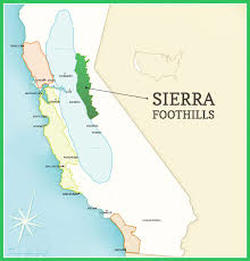 To celebrate the arrival of warm weather yesterday, I opened my last bottle of The Withers Winery 2013 Rosé from the Sierra Foothills of CA. Once the epicenter for the California Gold Rush, this high elevation and cool climate area now produces a variety of refined and beautifully balanced wines. The Withers 2013 Rosé is a blend of 56% Mourverdre and 44% Grenache. The color is vivid salmon bordering on orange with aromas of strawberry, raspberry and floral. The palate offers gentle citrus notes with lush red berry flavors and hints of minerality. A touch of lemon zest lingers on the finish. As I’ve opened each bottle of this vintage over the last year or three, I’ve taken a moment to write a quick post to share my thoughts. This is an expressive rosé that has never disappointed and I’m looking forward to trying Wither’s other rosé vintages soon! Alcohol: 13.4% SRP: $25 Andrew Tow is the founder and owner of The Withers Winery. To learn more, please visit: http://thewitherswinery.com I hope you are enjoying some good weather, wherever you may be!
Cheers! Penina To leave a comment or if you have an inquiry, please contact me at [email protected] “Oh the weather outside is frightful But the fire is so delightful And since we've no place to go Let it snow! Let it snow! Let it snow!” From “Let It Snow” Songwriters: Jule Styne / Sammy Cahn With unbearable temperatures outside this weekend, it was a good time to focus on a few indoor projects that I’ve been putting off for way too long. As much as I wanted to go snowshoeing, the high winds and below 0-degree temps held me back. I braved the elements only once so that I could buy a few ingredients for Tomato Lentil soup that I was making for guests who were far braver than I am and didn’t mind venturing out in the cold and windy evening. Although I had planned to open a Carmenere from Chile to serve with the soup, one of my guests brought a few bottles of Josh Cellars Cabernet Sauvignon for us to drink. So I decided to open the Cabernet first. Cabernet Sauvignon is grown worldwide and the characteristics of the wine vary depending on the climate and soil of the region, among other factors. California has many wine regions ranging from Northern California to Napa Valley that are well suited for Cabernet Sauvignon production. In fact, according to California Agricultural Statistics Service for 2016, Napa had the most Cabernet Sauvignon acreage planted of all the counties, 20,759 acres. Joseph Carr formed his own wine company in Napa Valley after spending a decade as a world-class sommelier and another decade as a wine industry executive. His dream was to have his own family-owned winery and so in 2005 he began making wines under the label ‘Joseph Carr’. In 2007 Carr launched Josh Cellars as a tribute to his dad, Josh, who inspired and influenced the man Carr is today. “Every bottle of Josh Cellars wine produced honors and acknowledges his father”. Grapes for the Josh Cellar wines are sourced from top California winegrowing regions to create wines with character and complexity. The 2015 Josh Cellars North Coast Cabernet Sauvignon is a blend of 83% Cabernet Sauvignon and 17% Merlot dominant blend. This is a full-bodied wine with aromas of dark fruit, oak, spice and currant. The palate offers a silky mouthfeel with dark cherry, blackberry, plum, spice, vanilla and pepper. It was a long finish of pepper with hints of oak. Outstanding price for the product! Alcohol: 13.5% SRP: $15 The Tomato Lentil soup is hearty, packed with protein and quite filling! It’s perfect for a cold night. In addition to onions, carrots and celery, I added a blend of herbs, a little dry white wine and lots of love! The soup takes about three hours to cook, but is well worth it. The wine paired well with the soup and didn’t compete with all the subtle flavors the soup had to offer. We eventually moved on to taste the Carmenere, but that will be the topic of another post.
When I left my house this morning, it was a chilling -6 degrees! I think that a glass of wine and a bowl of soup are on the menu for later today! |
Categories
All
|


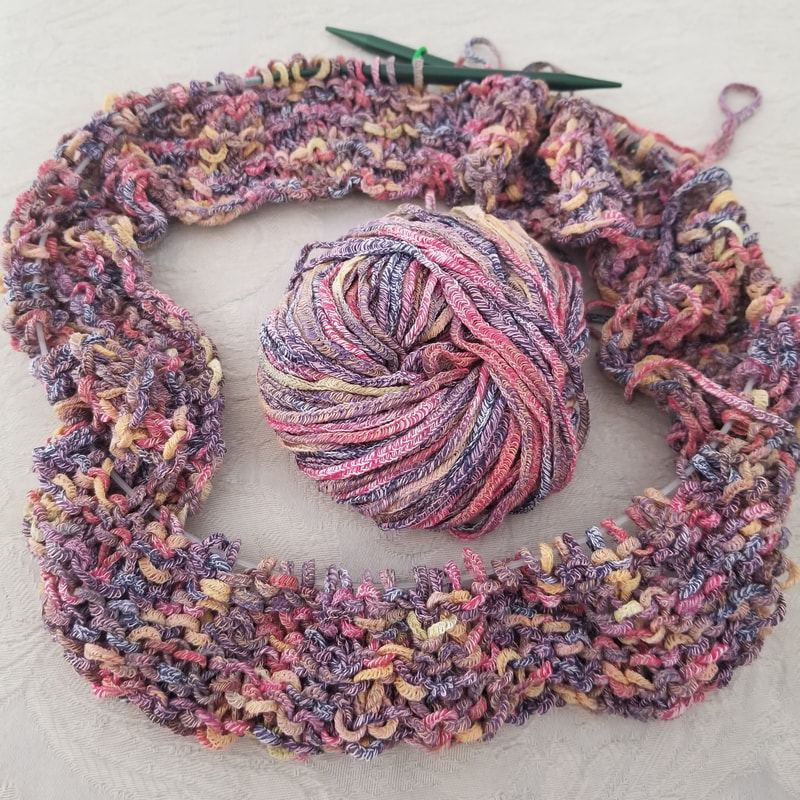
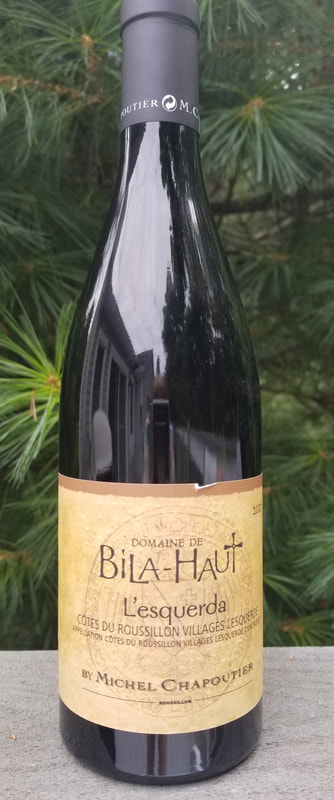
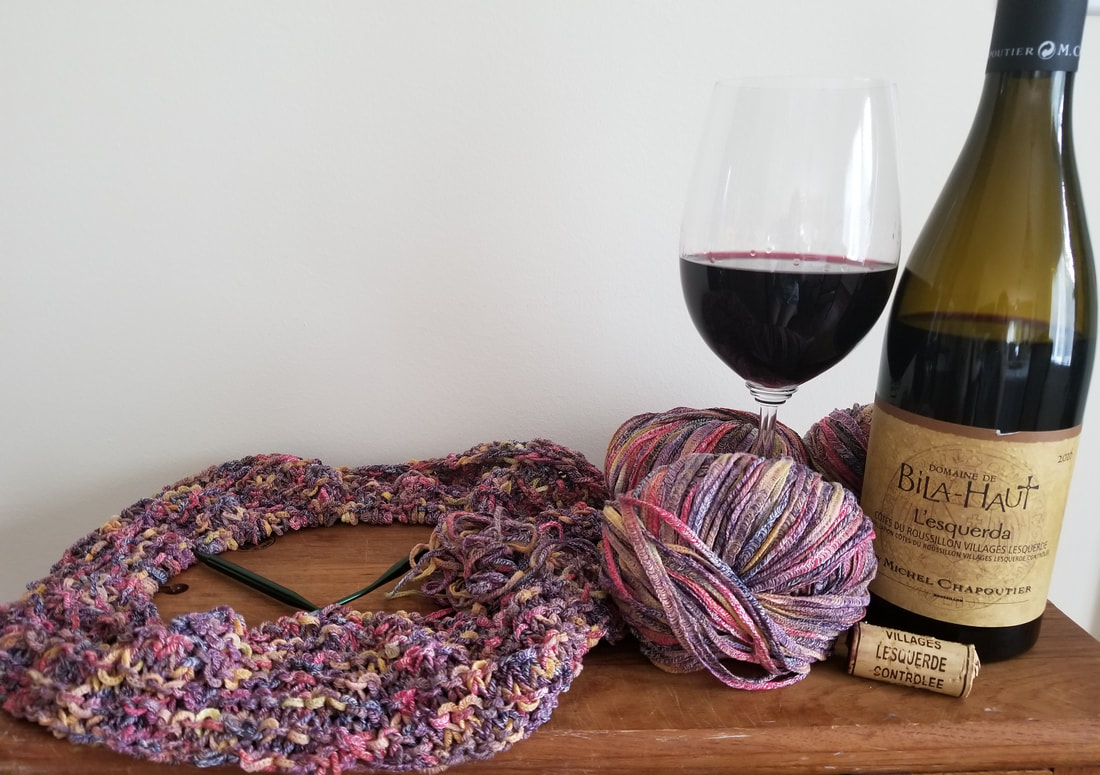

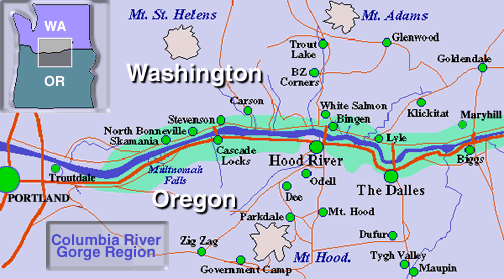
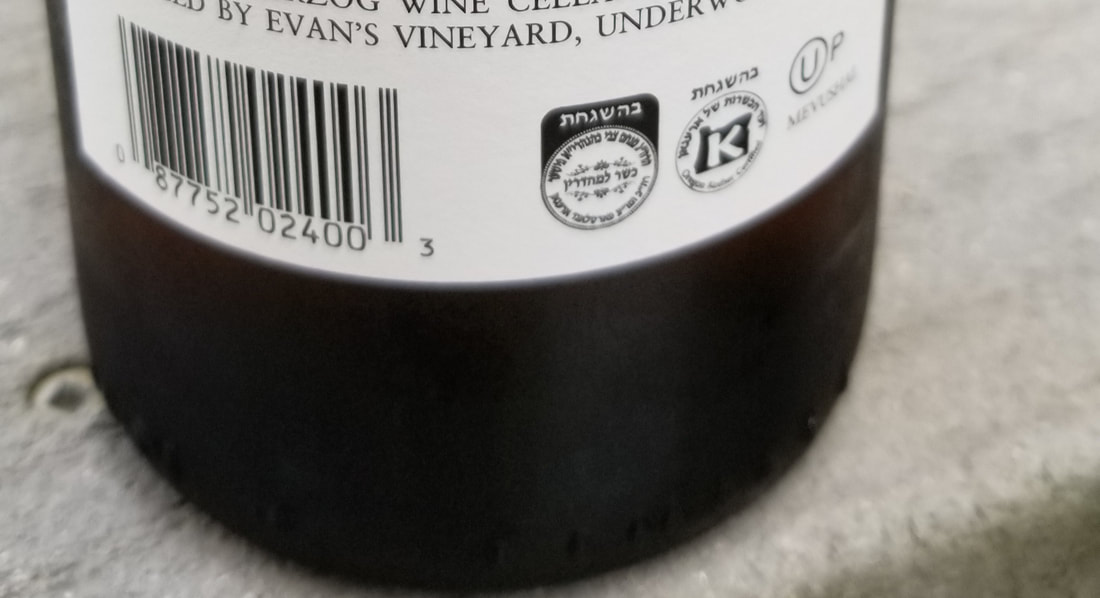
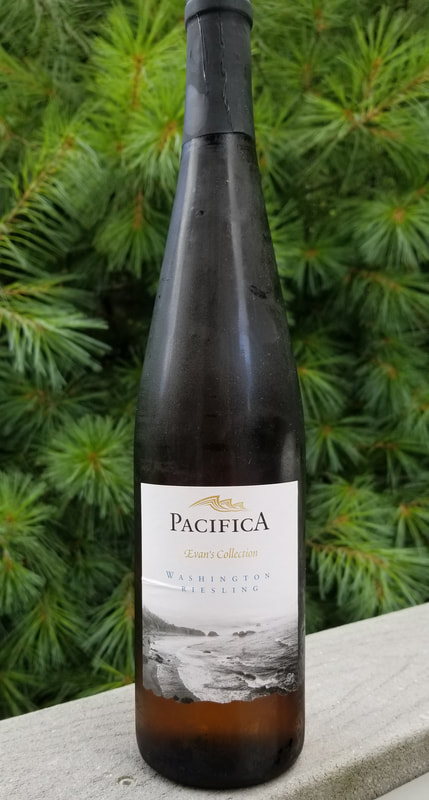
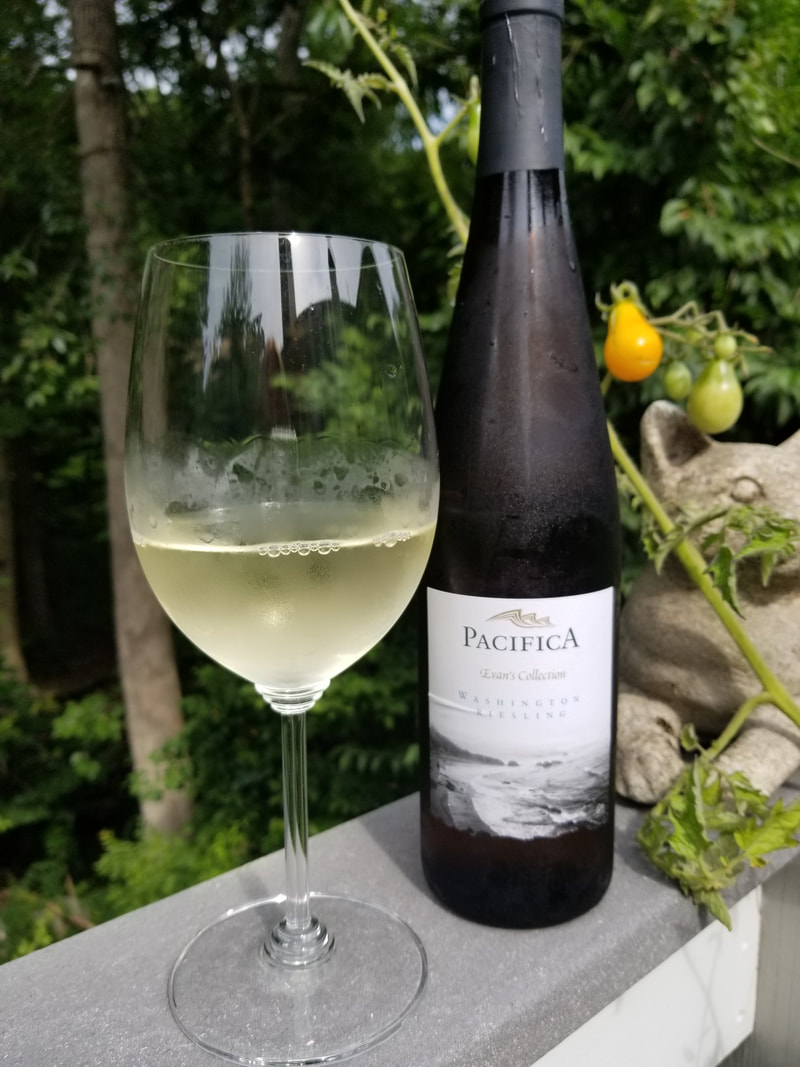
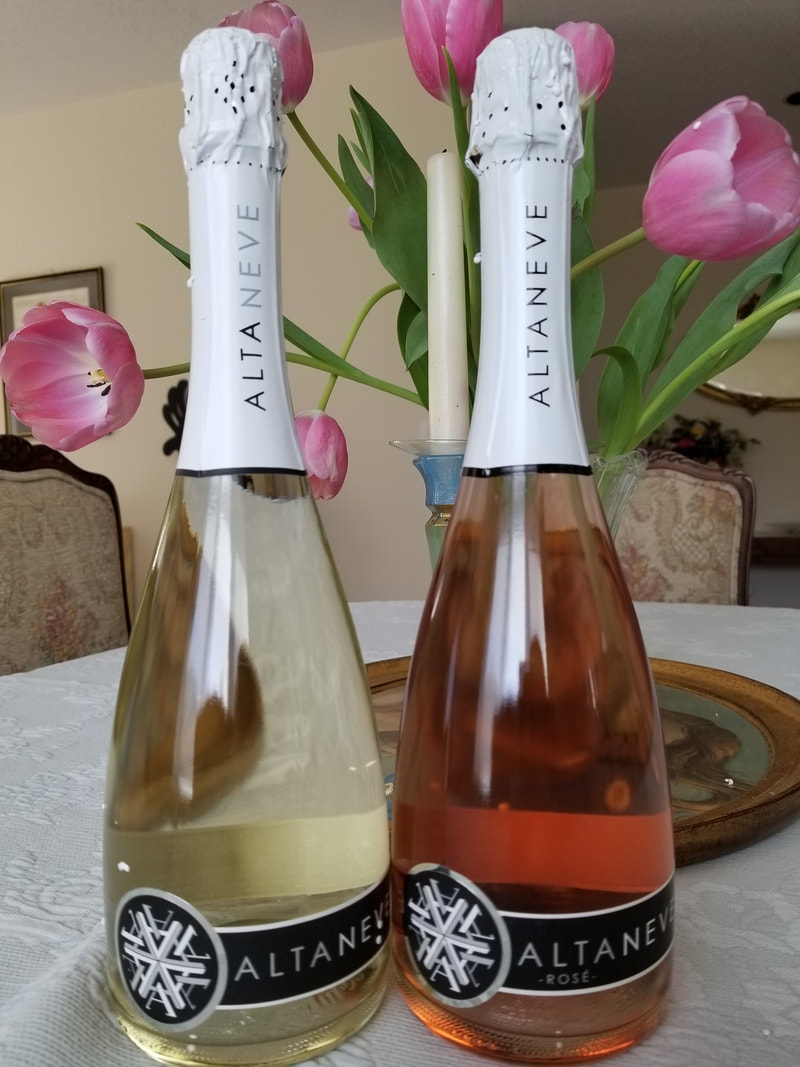
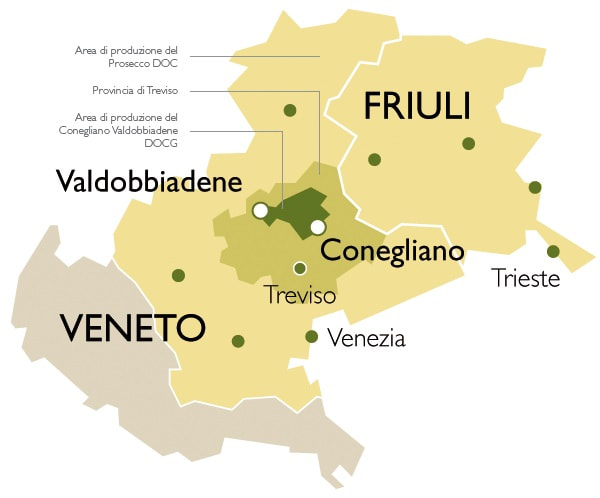
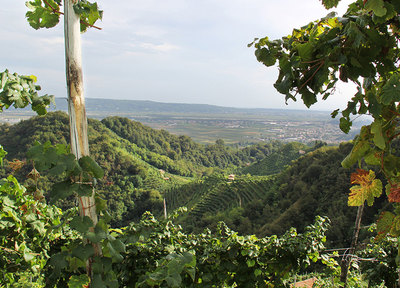

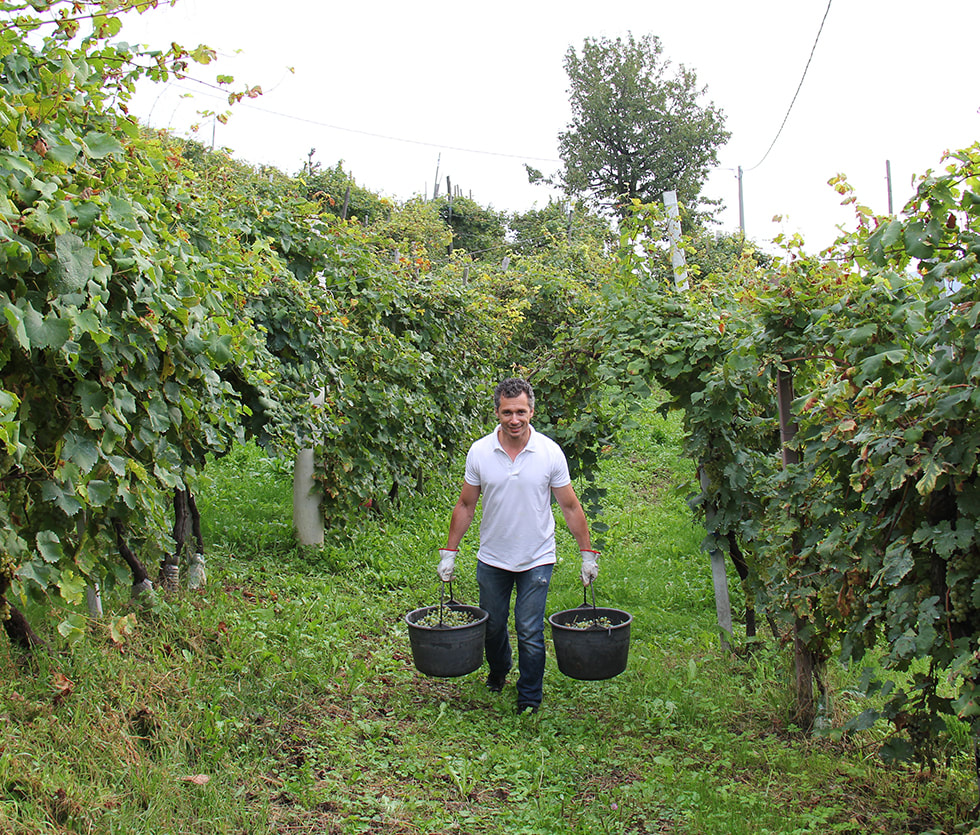
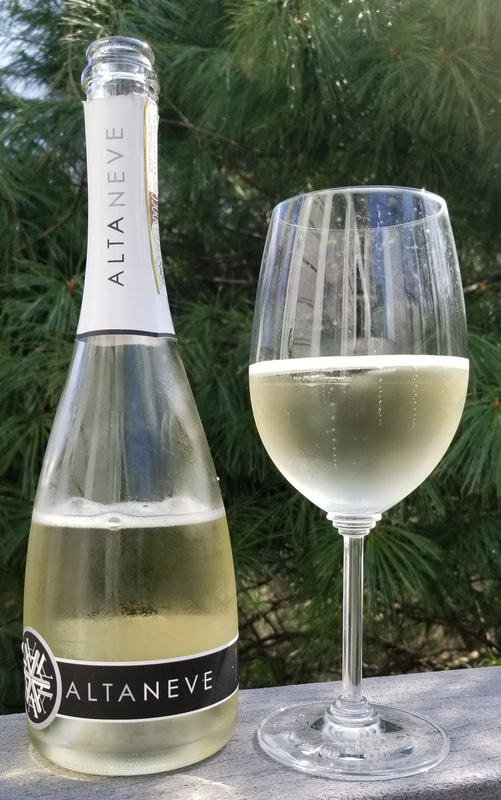
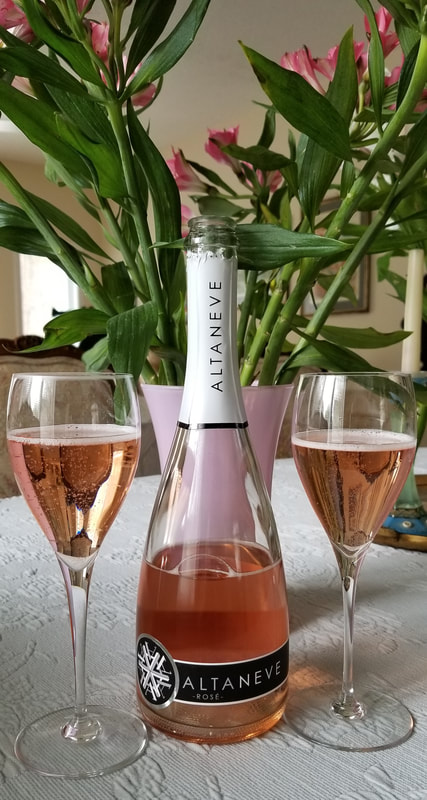
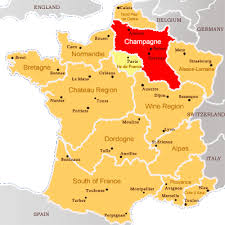
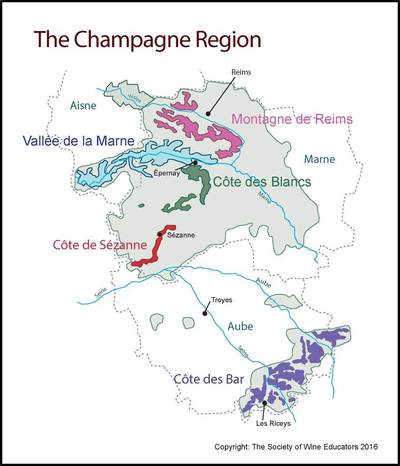
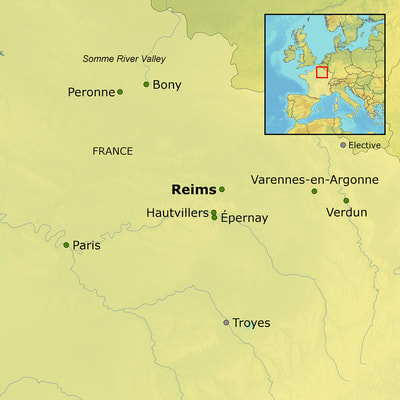
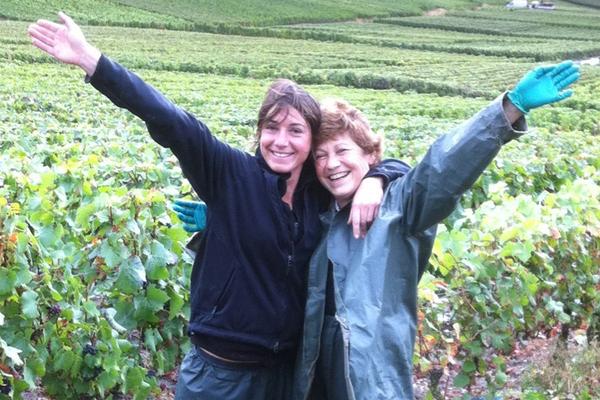
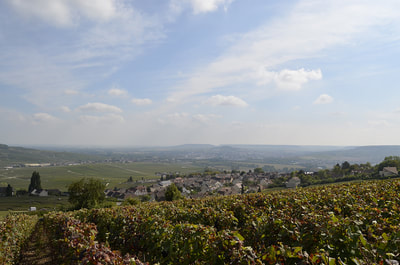
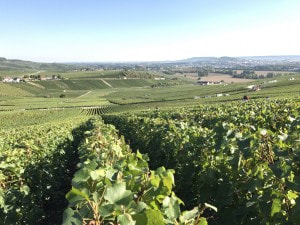
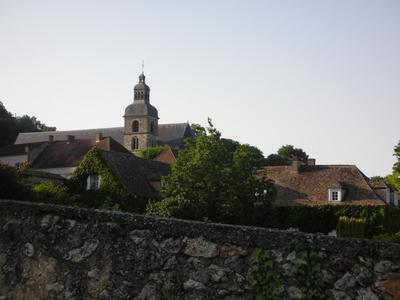
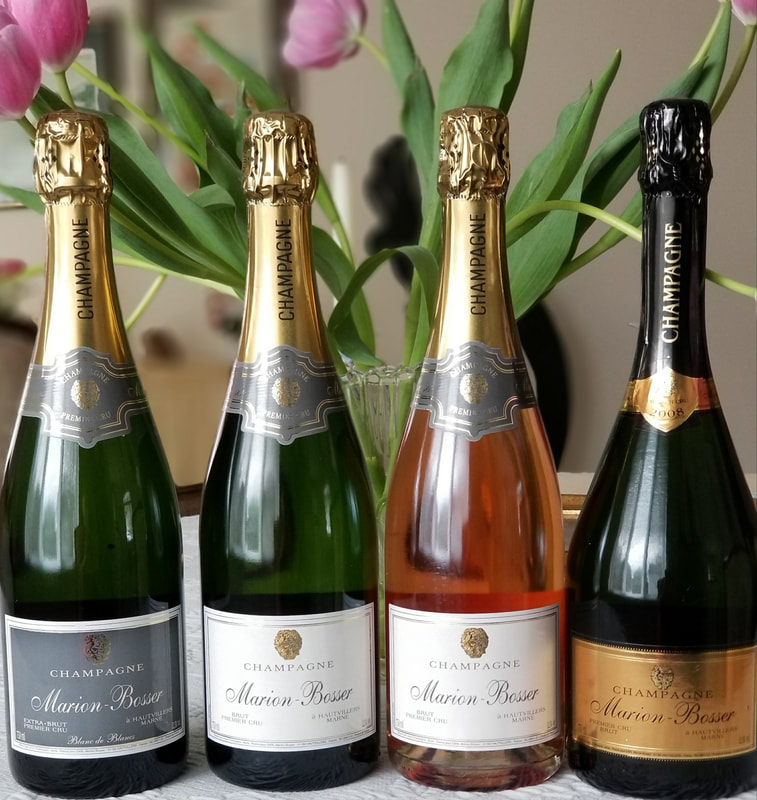
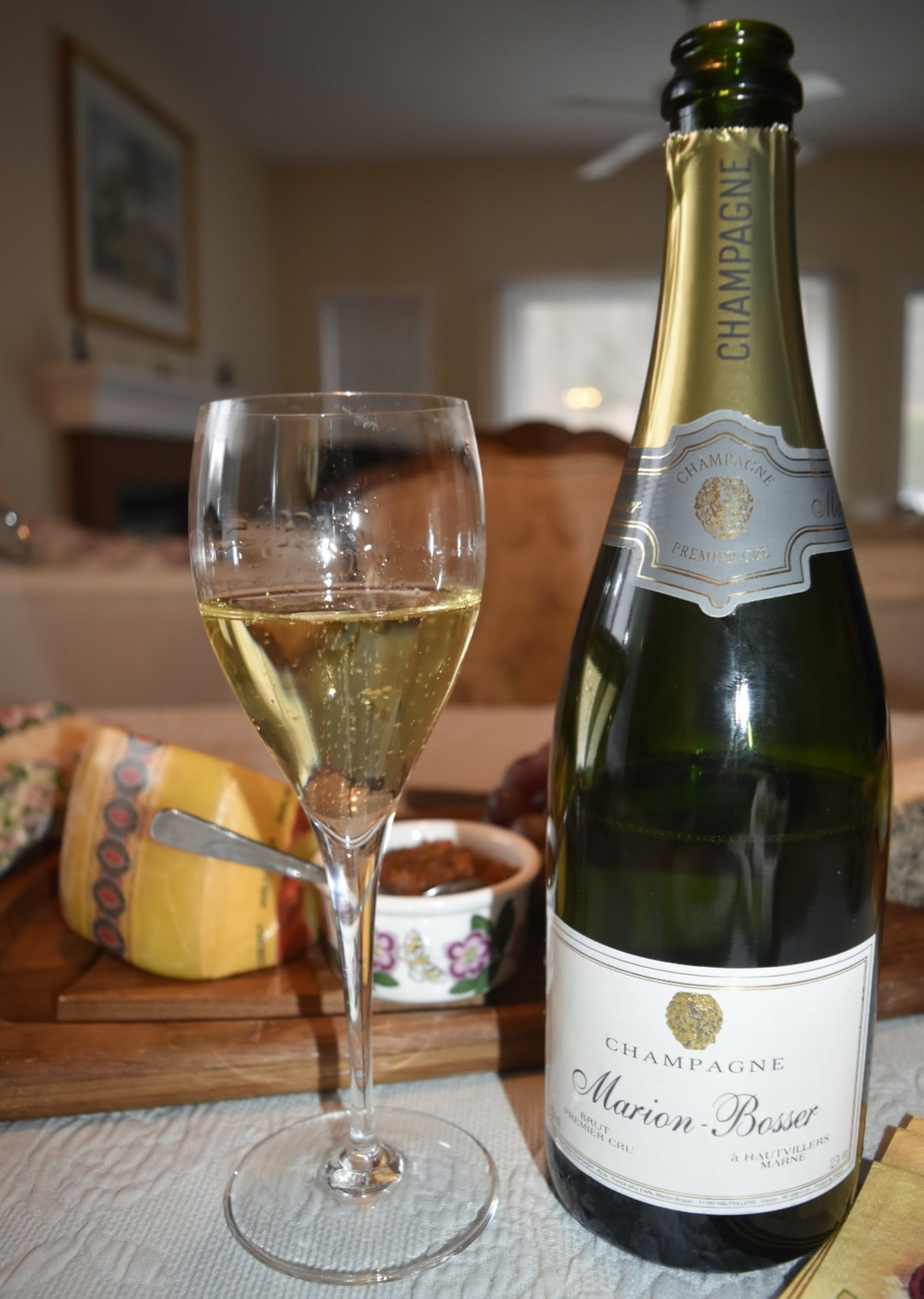
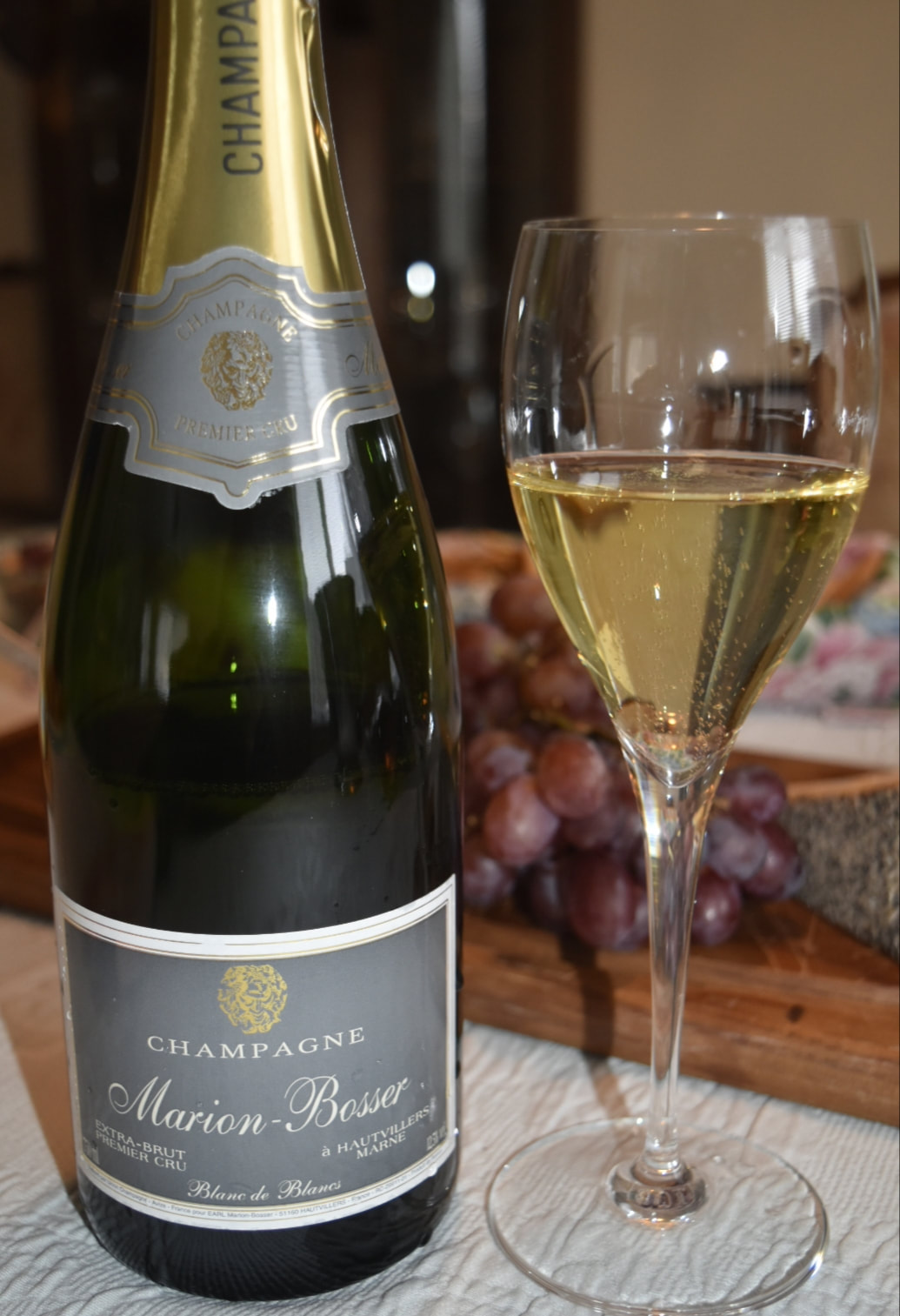
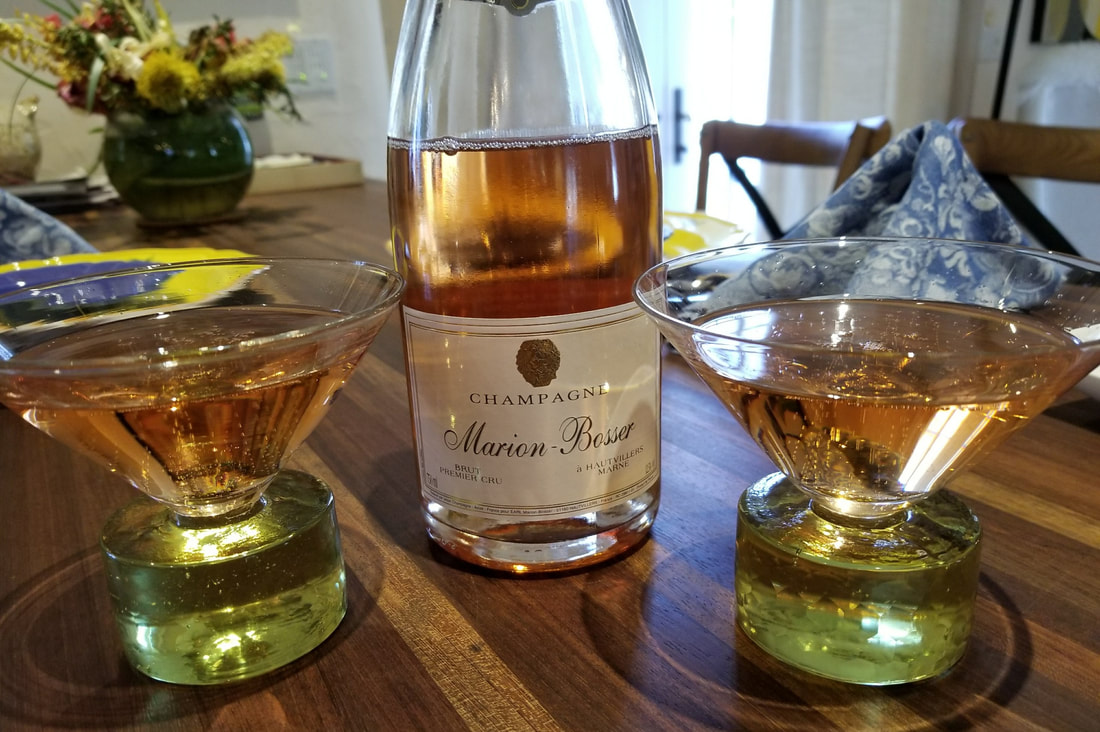
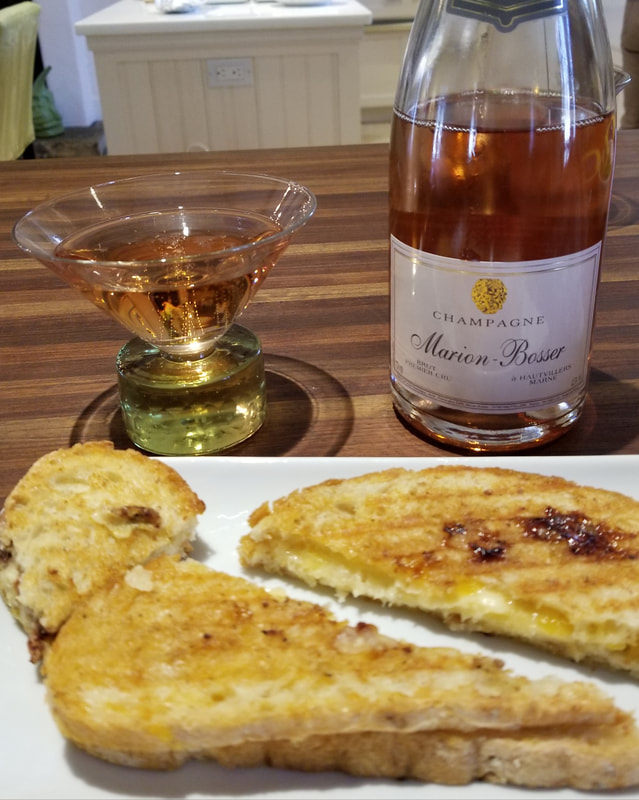
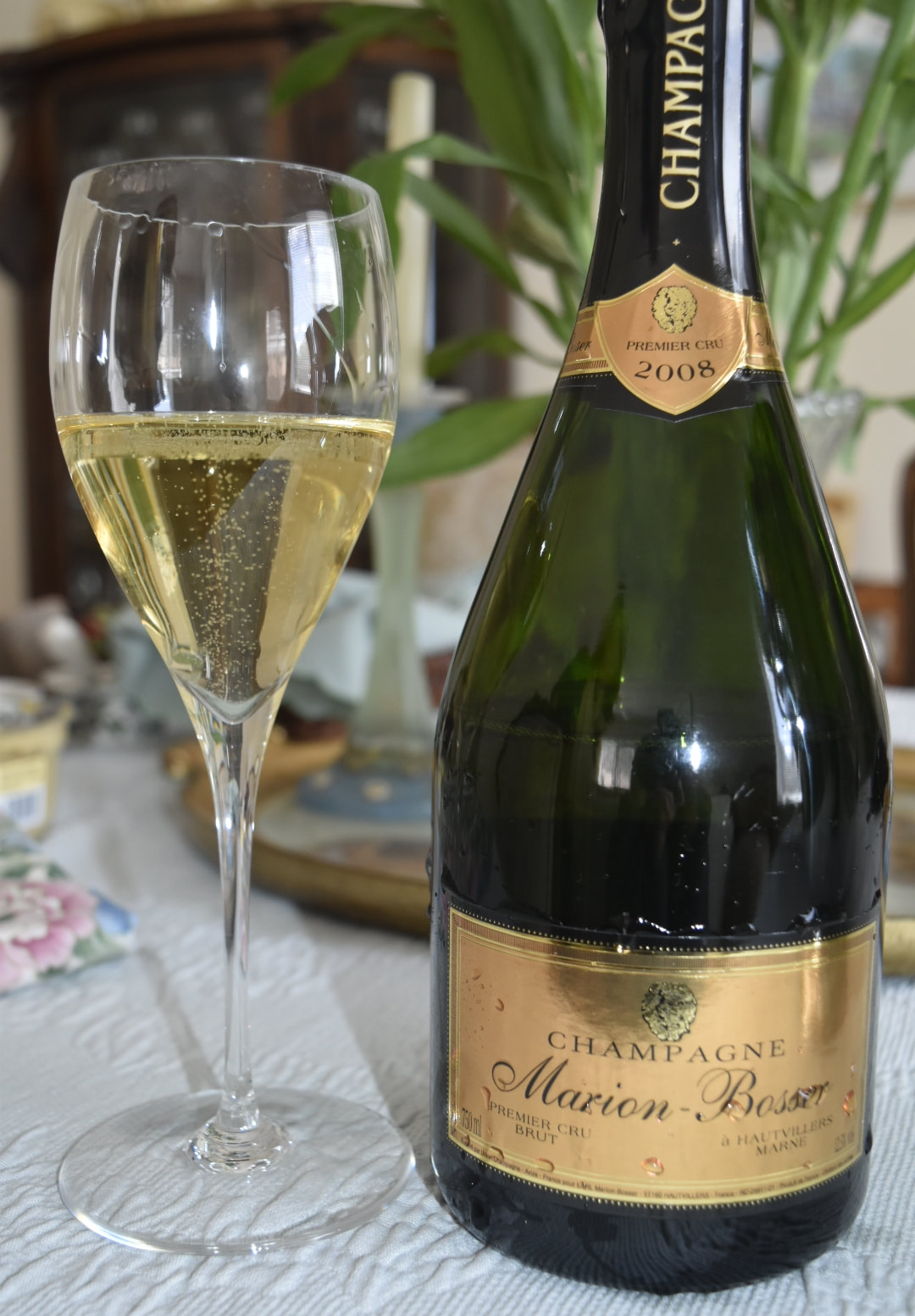
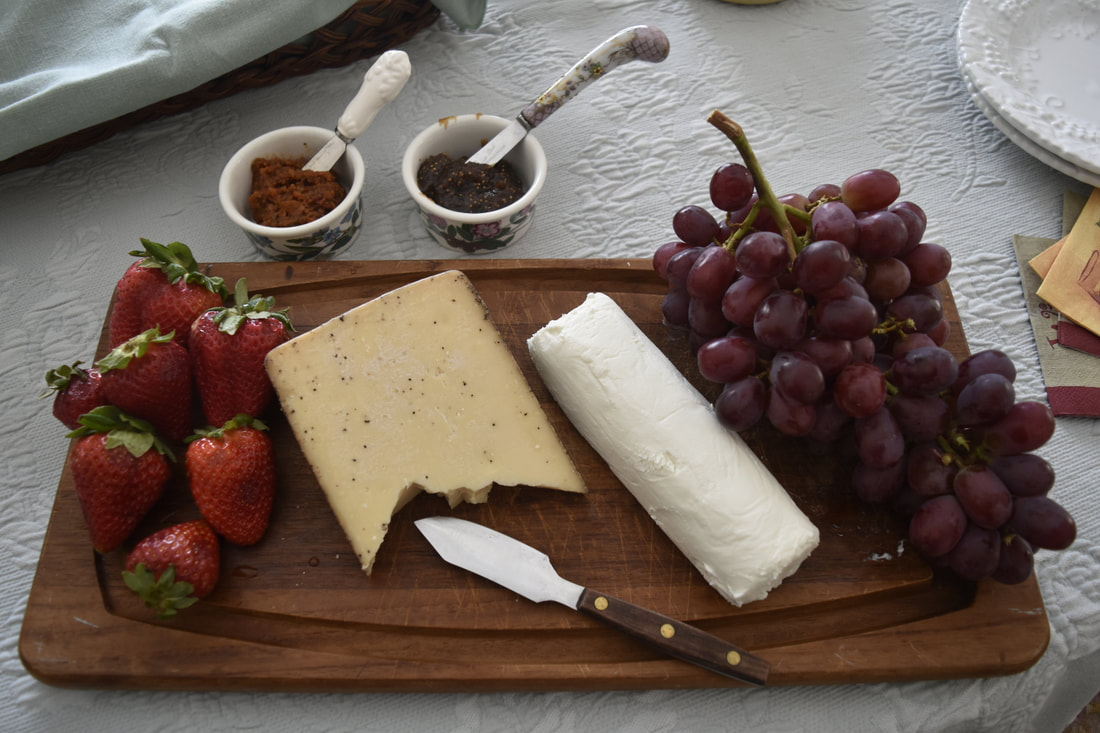
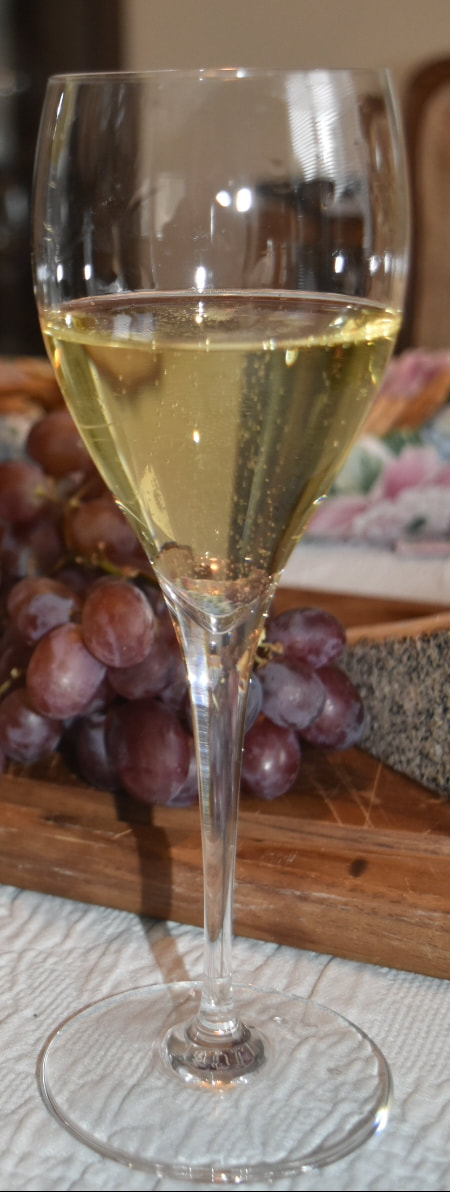

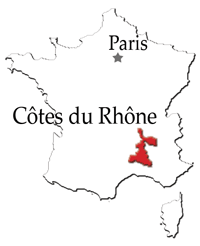
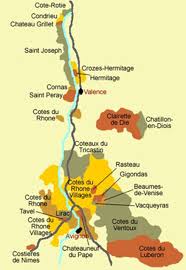
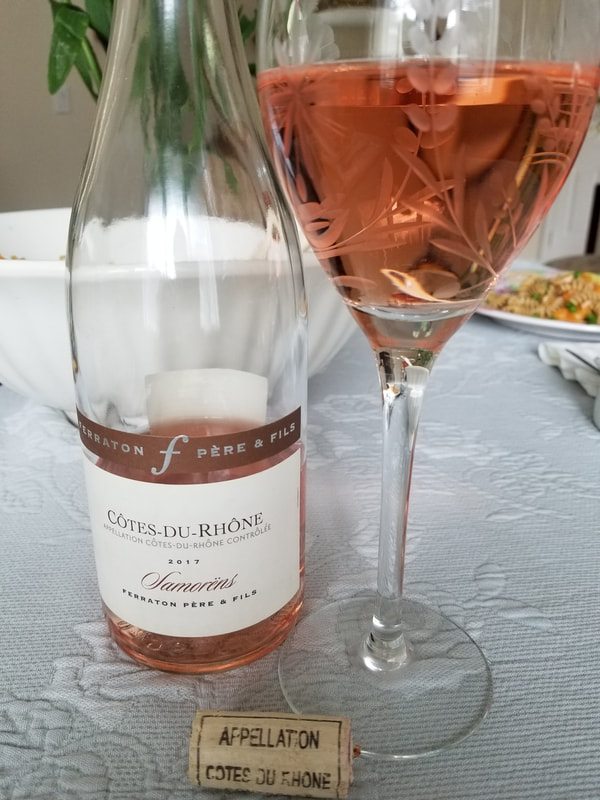
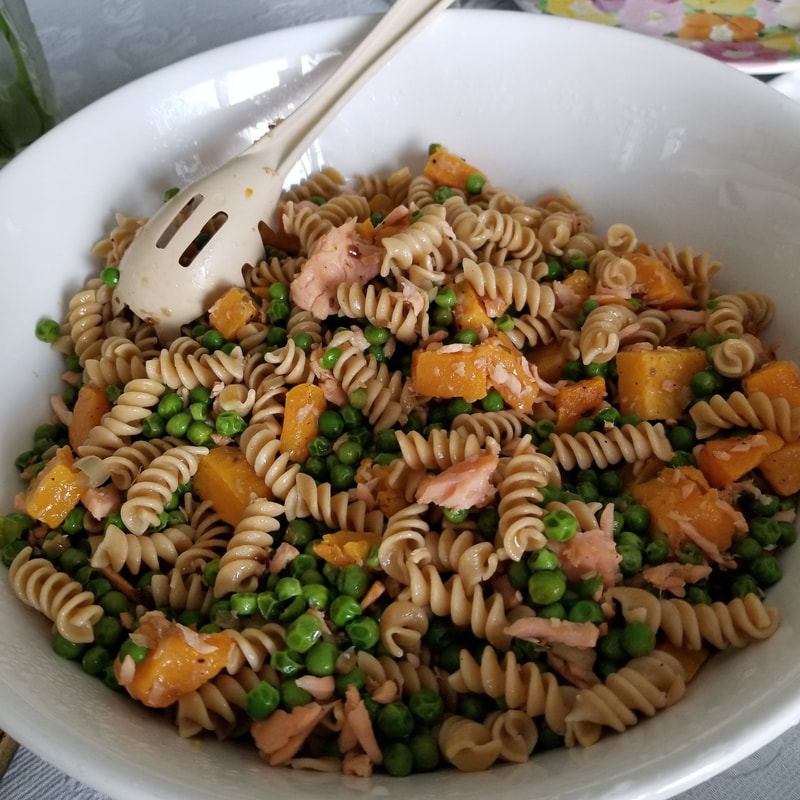
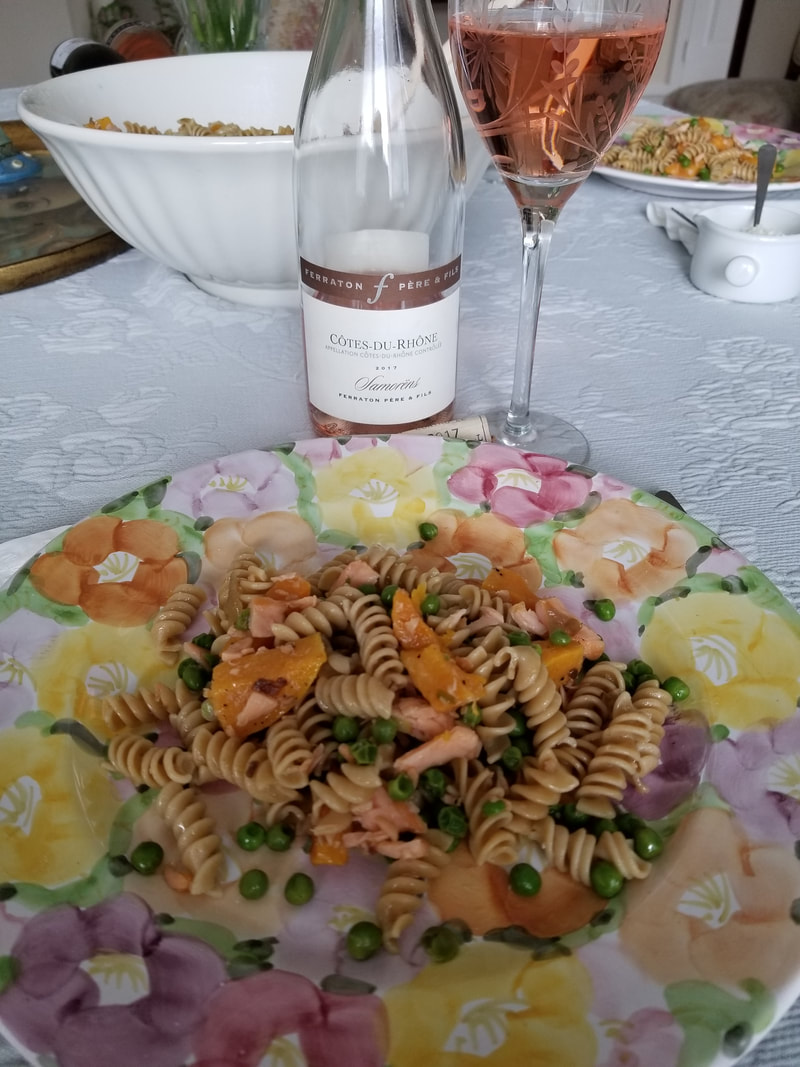
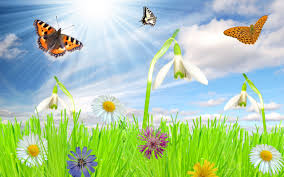

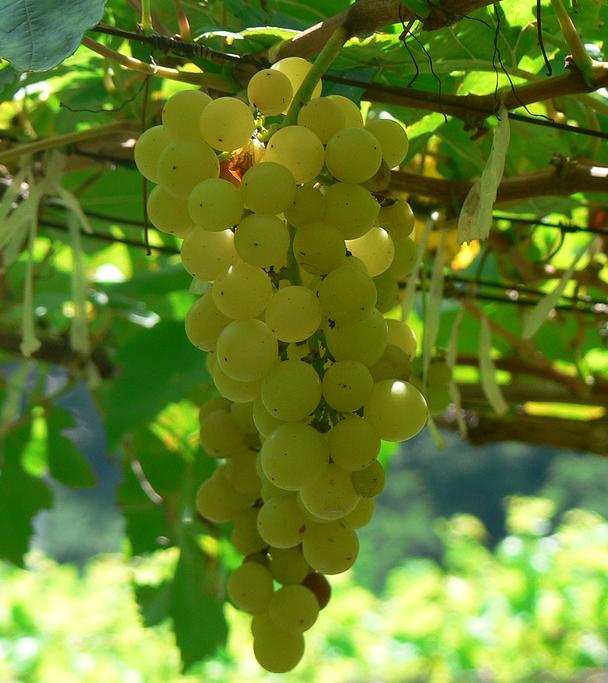

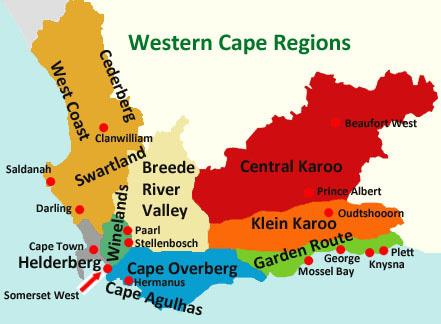
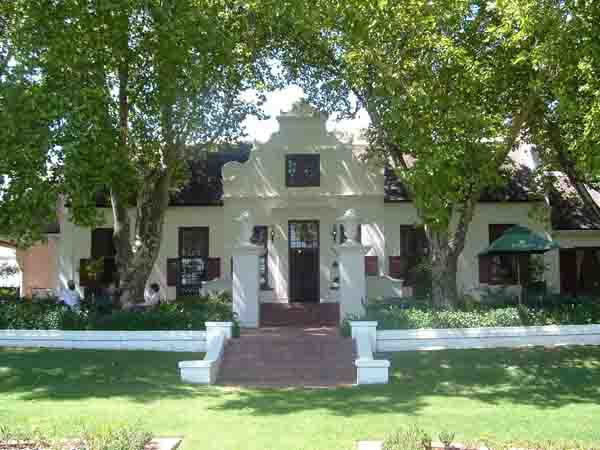
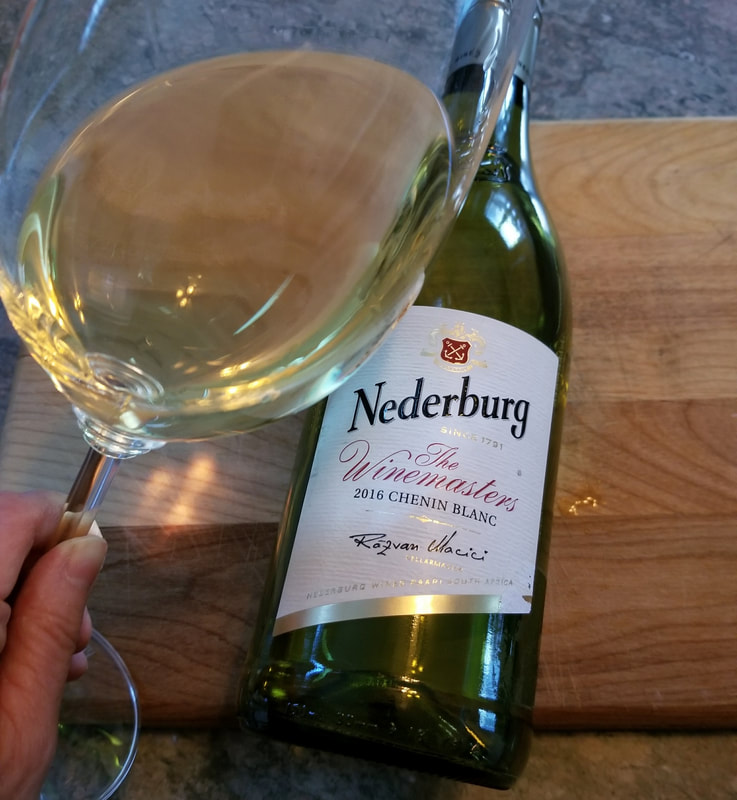
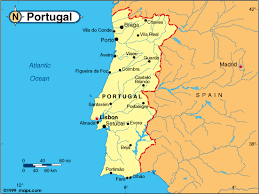
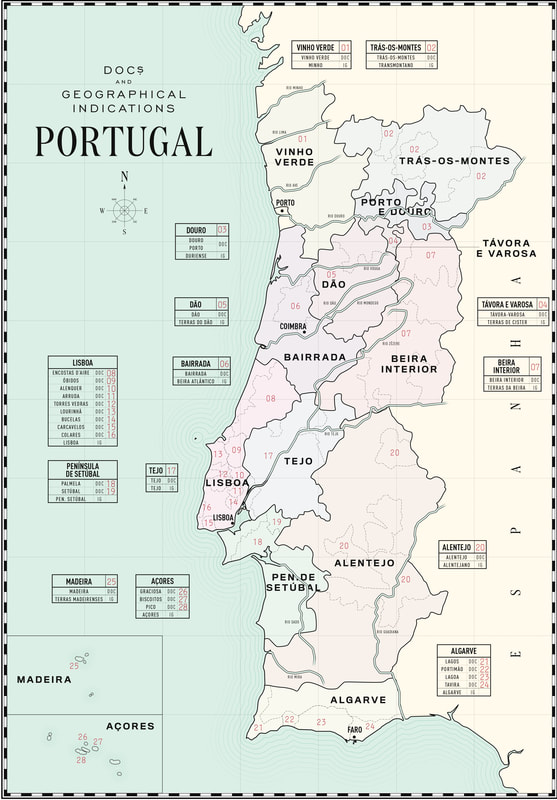
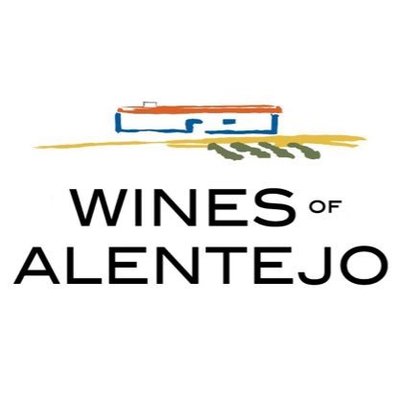
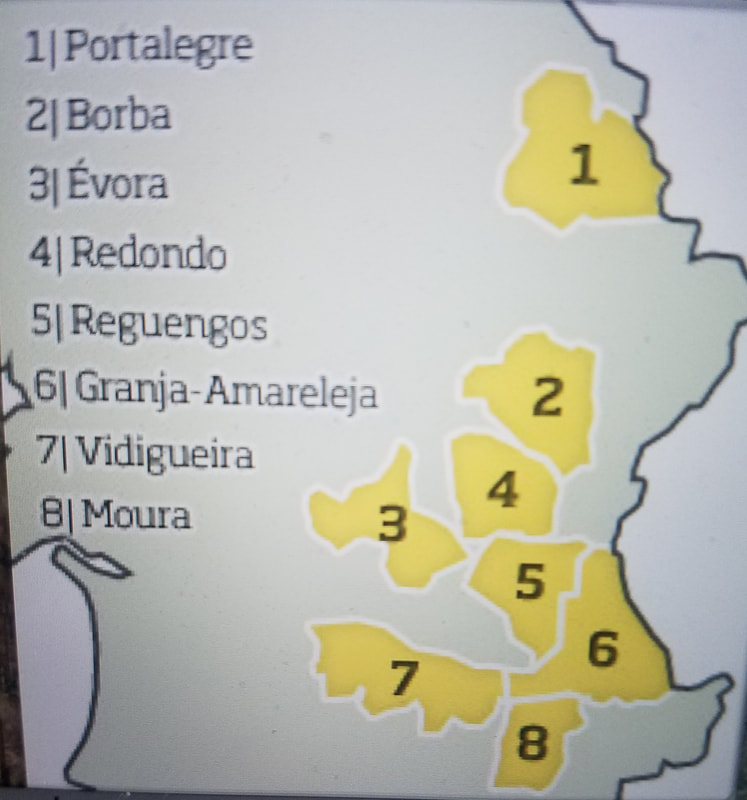
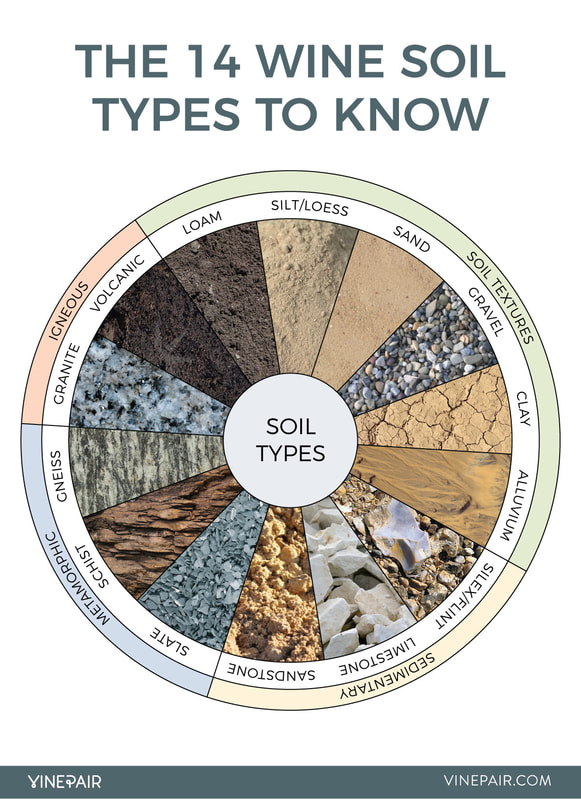
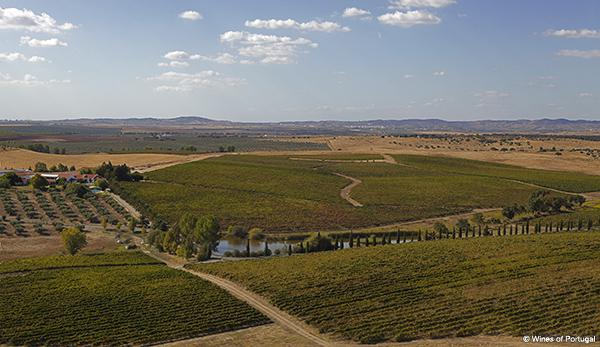
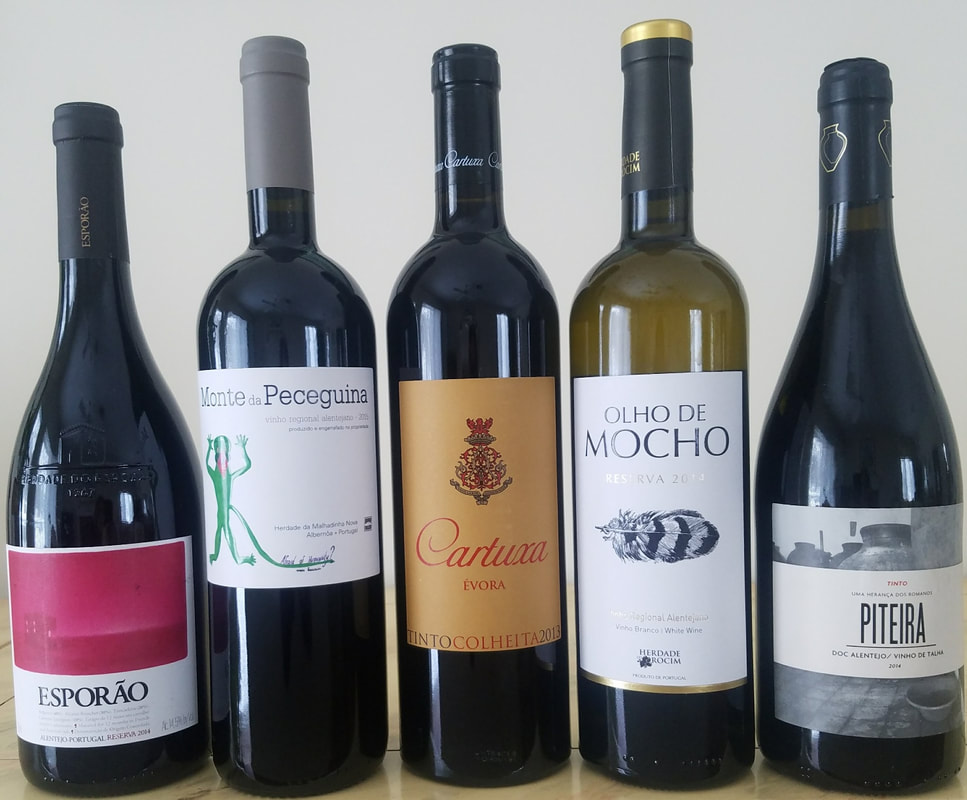
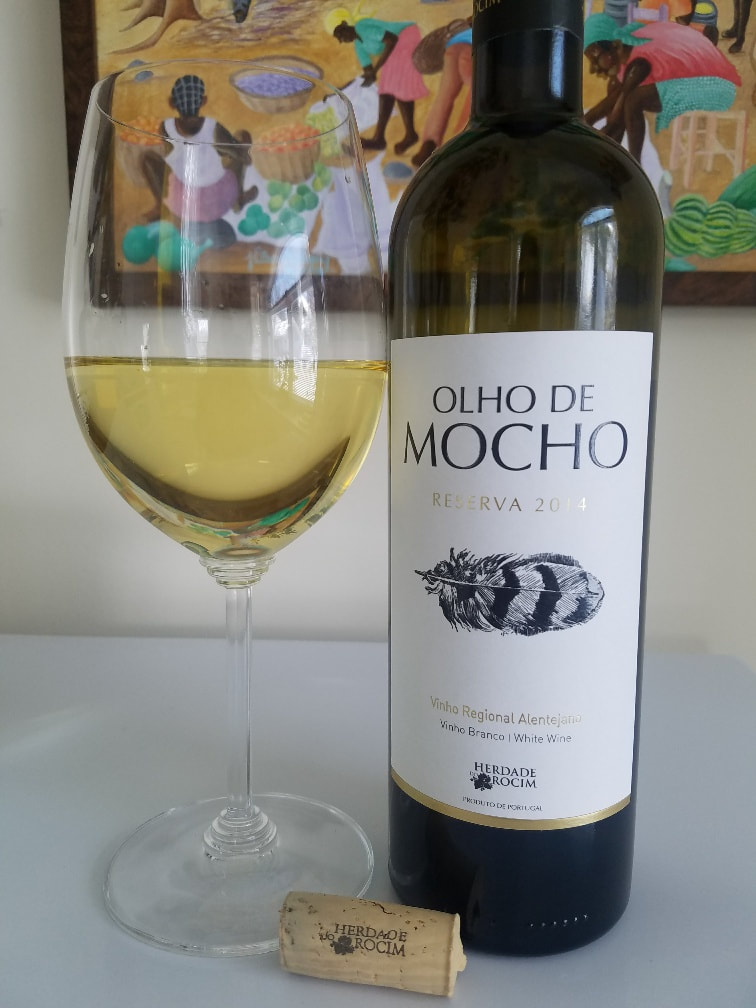
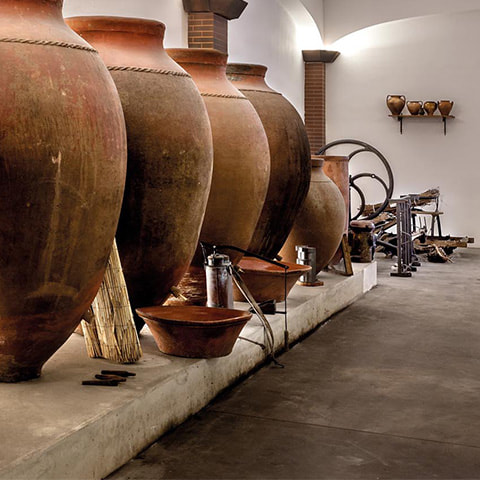
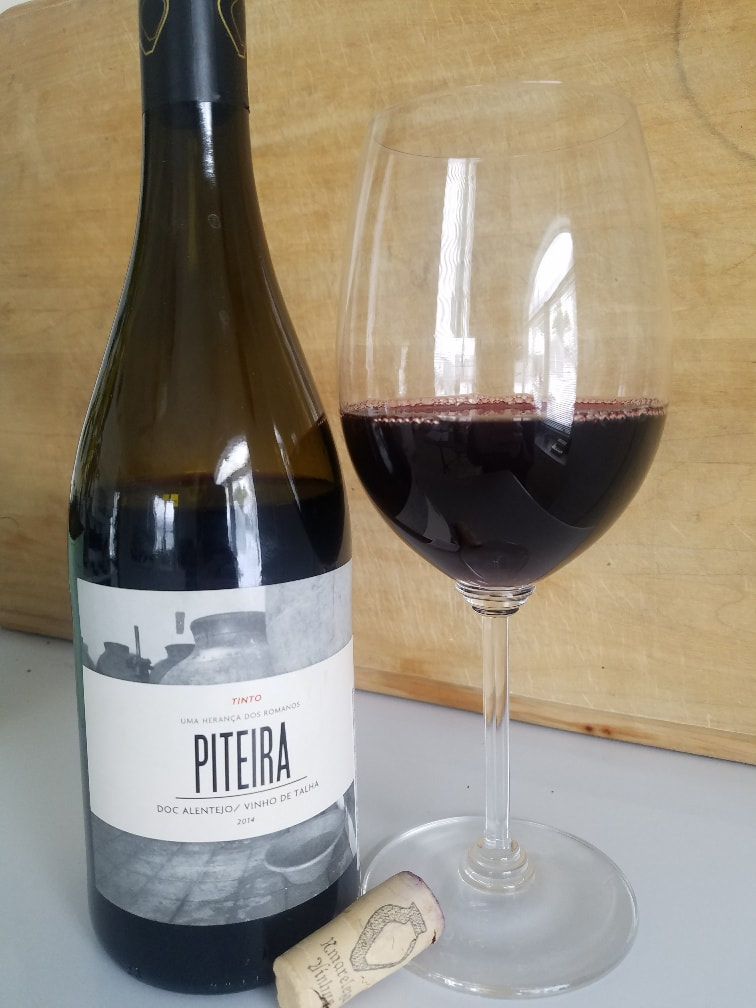
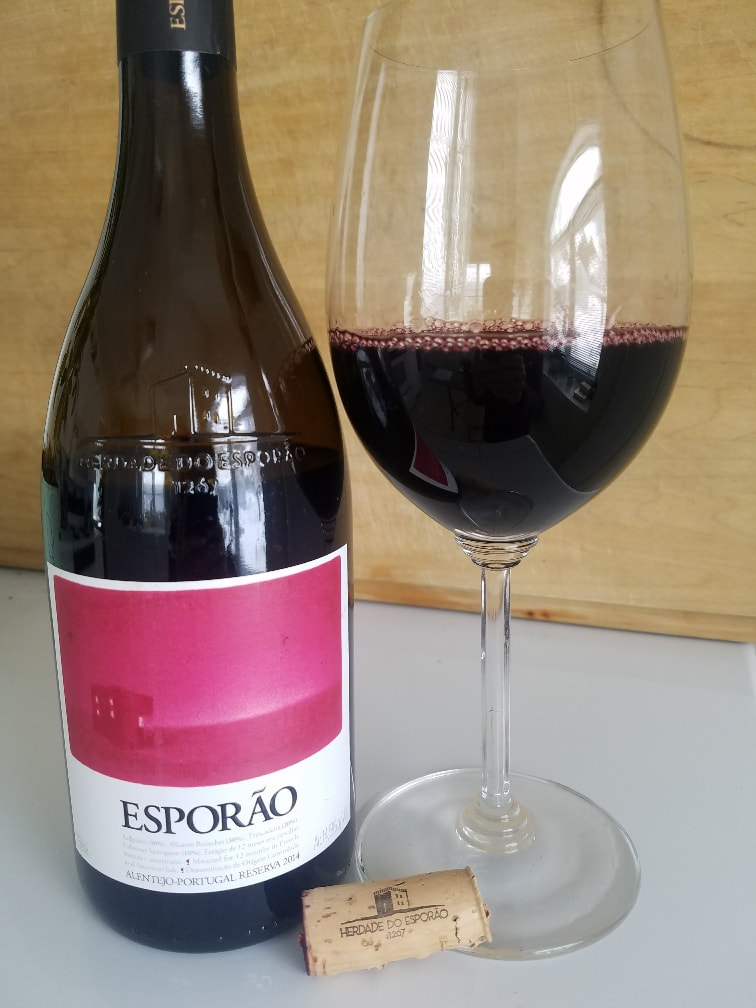
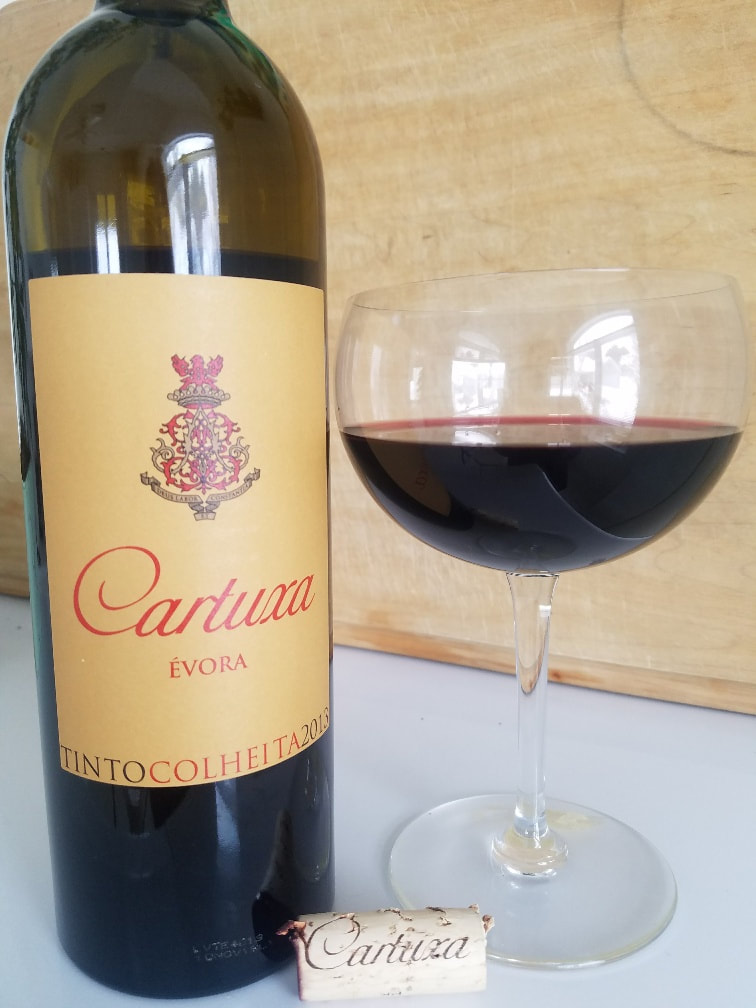
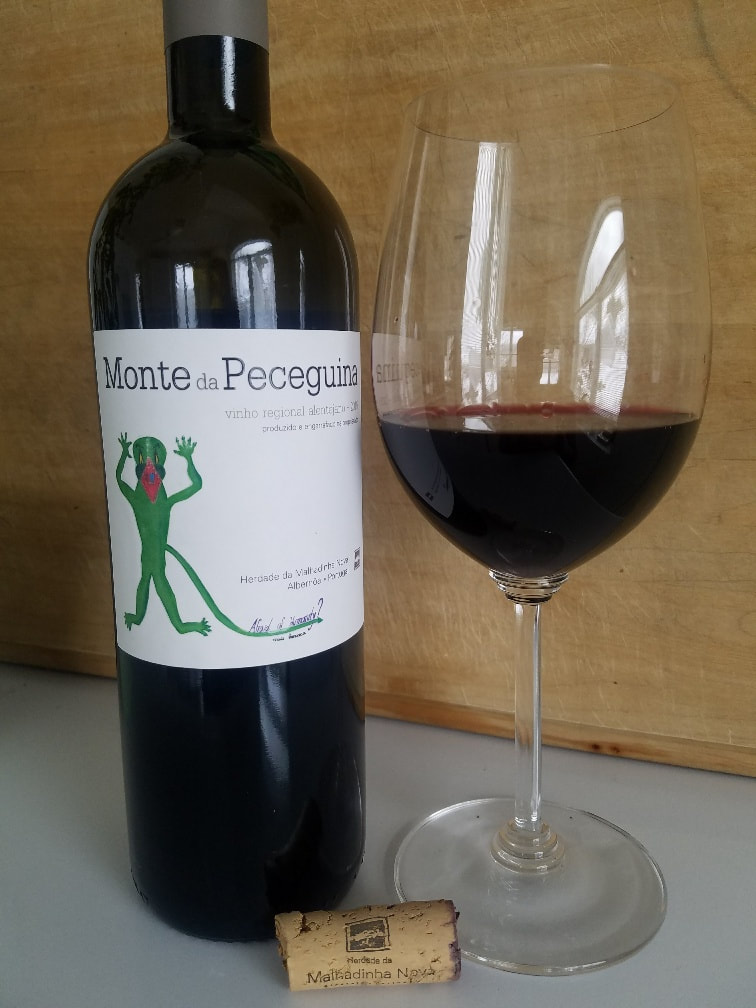
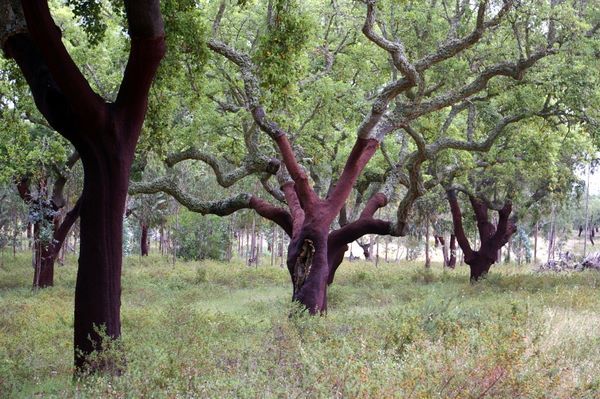
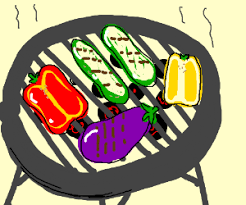
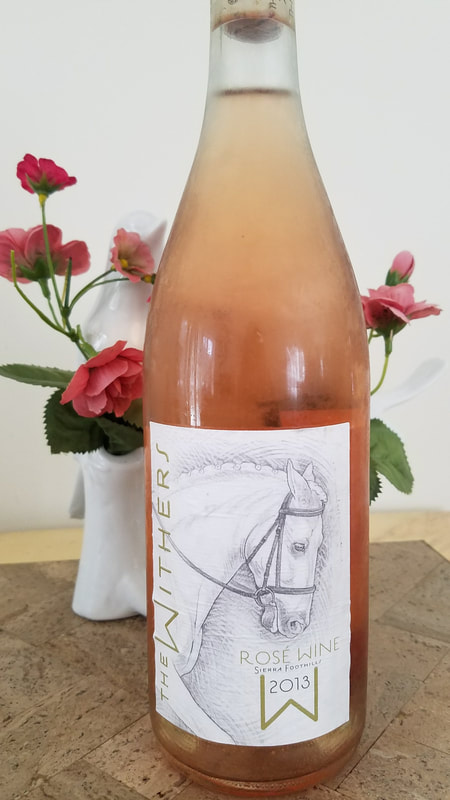
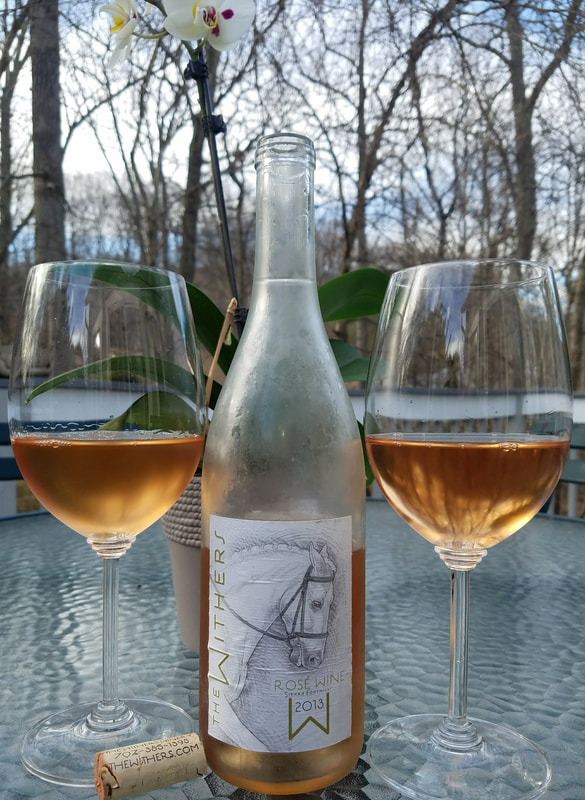
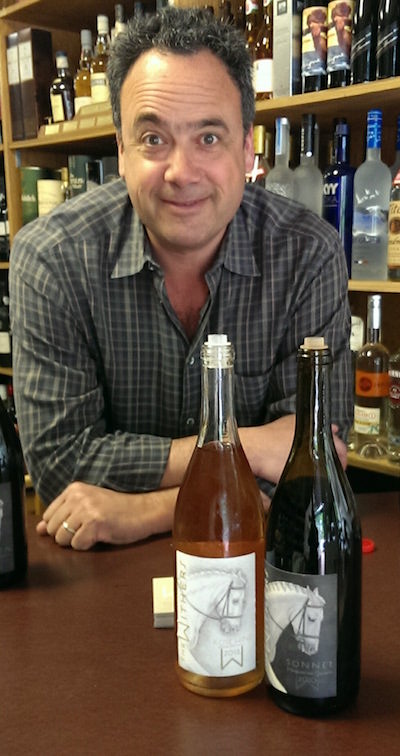
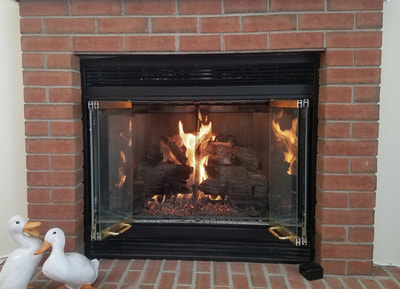
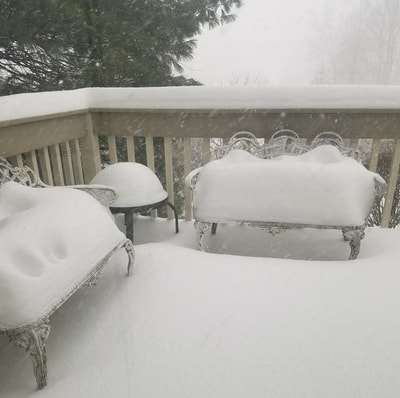
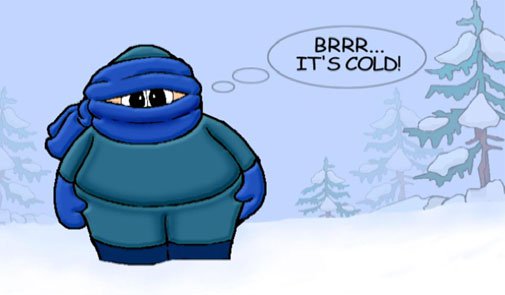
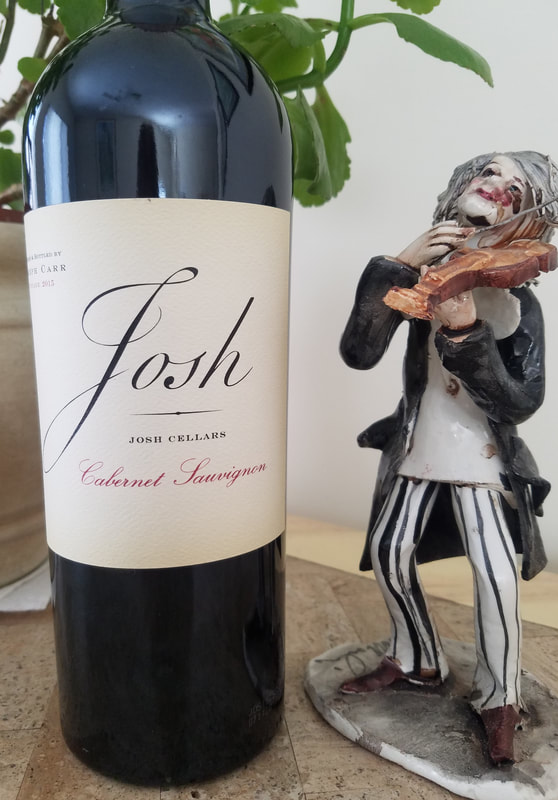
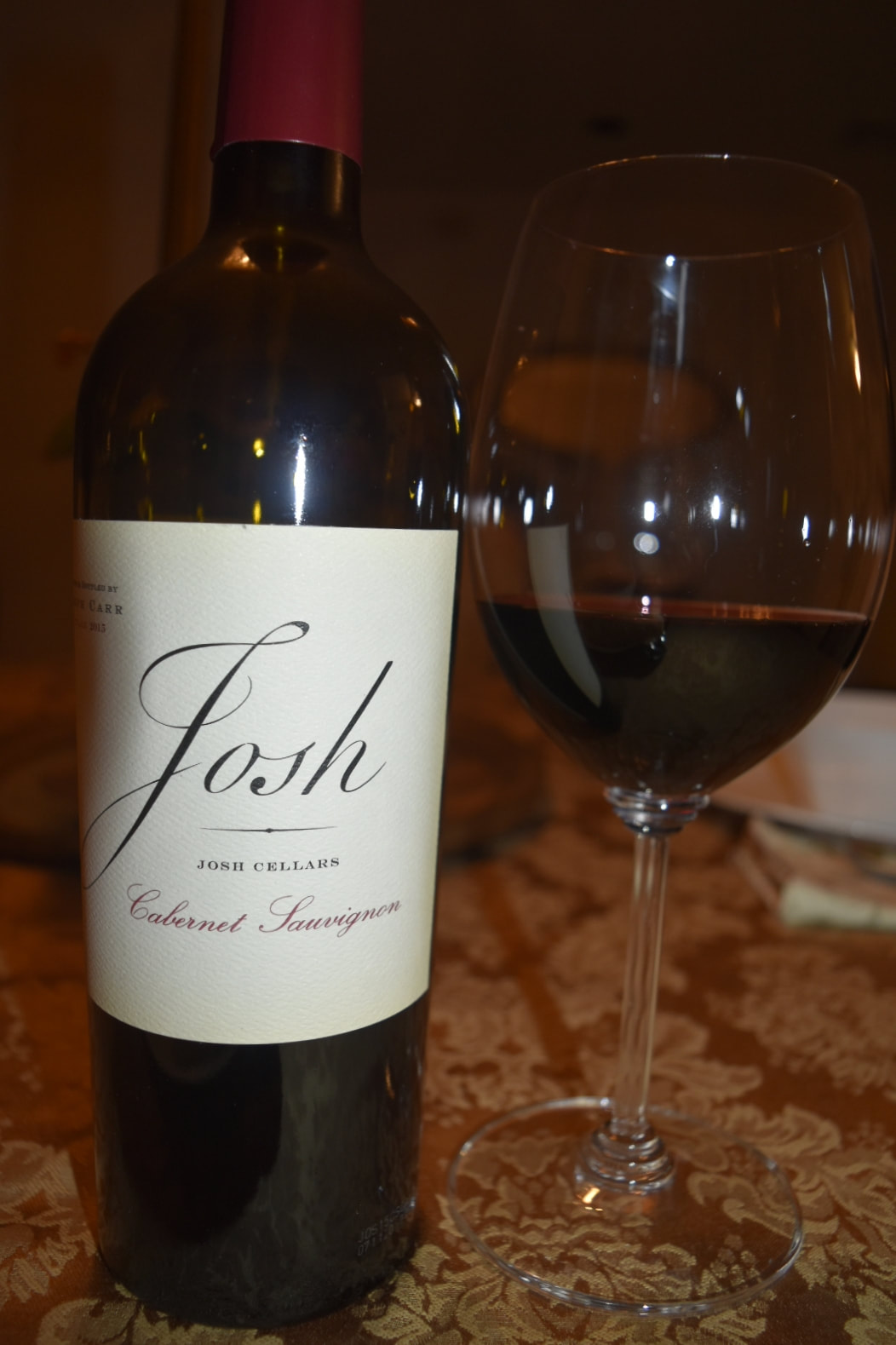

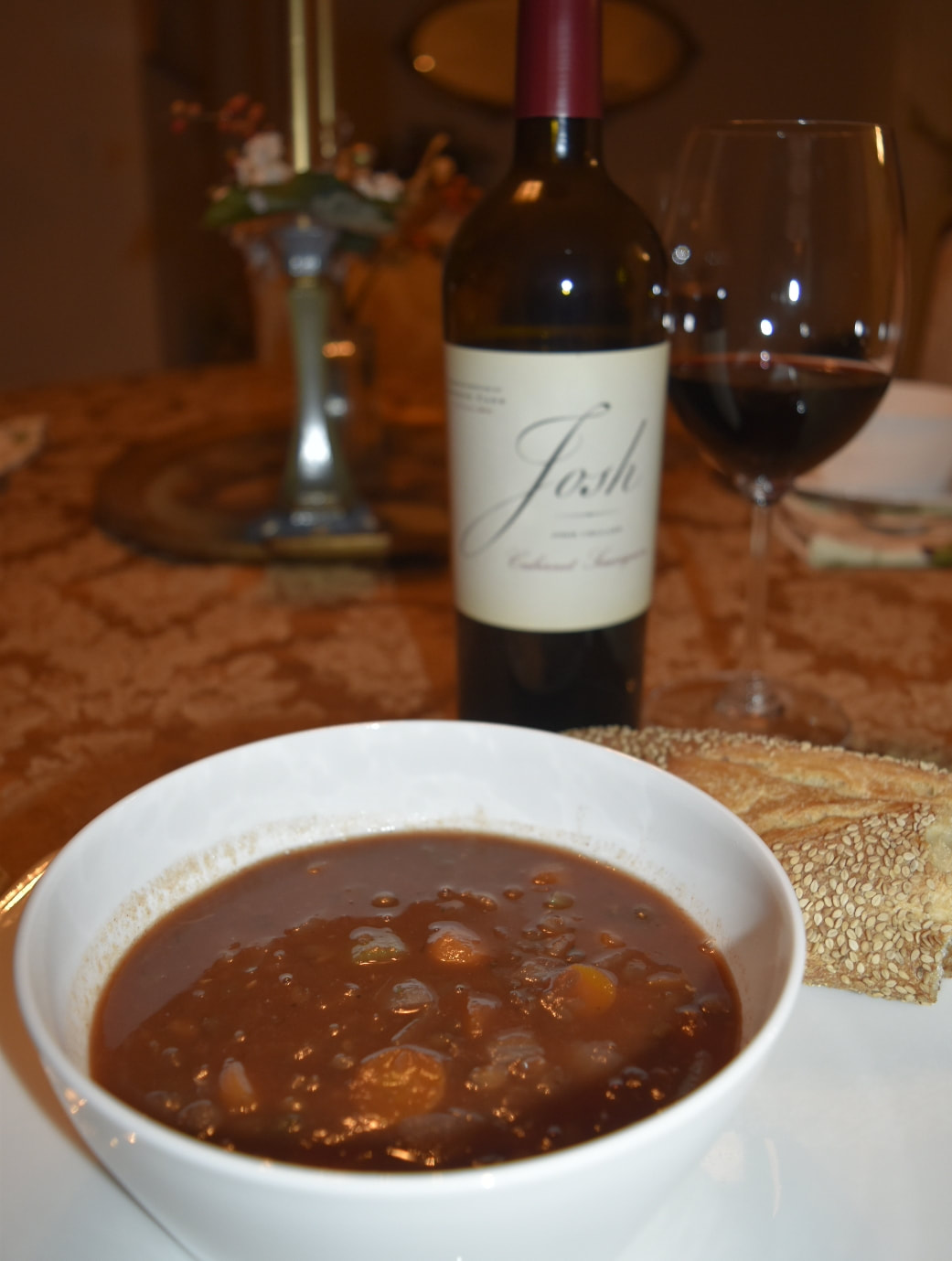
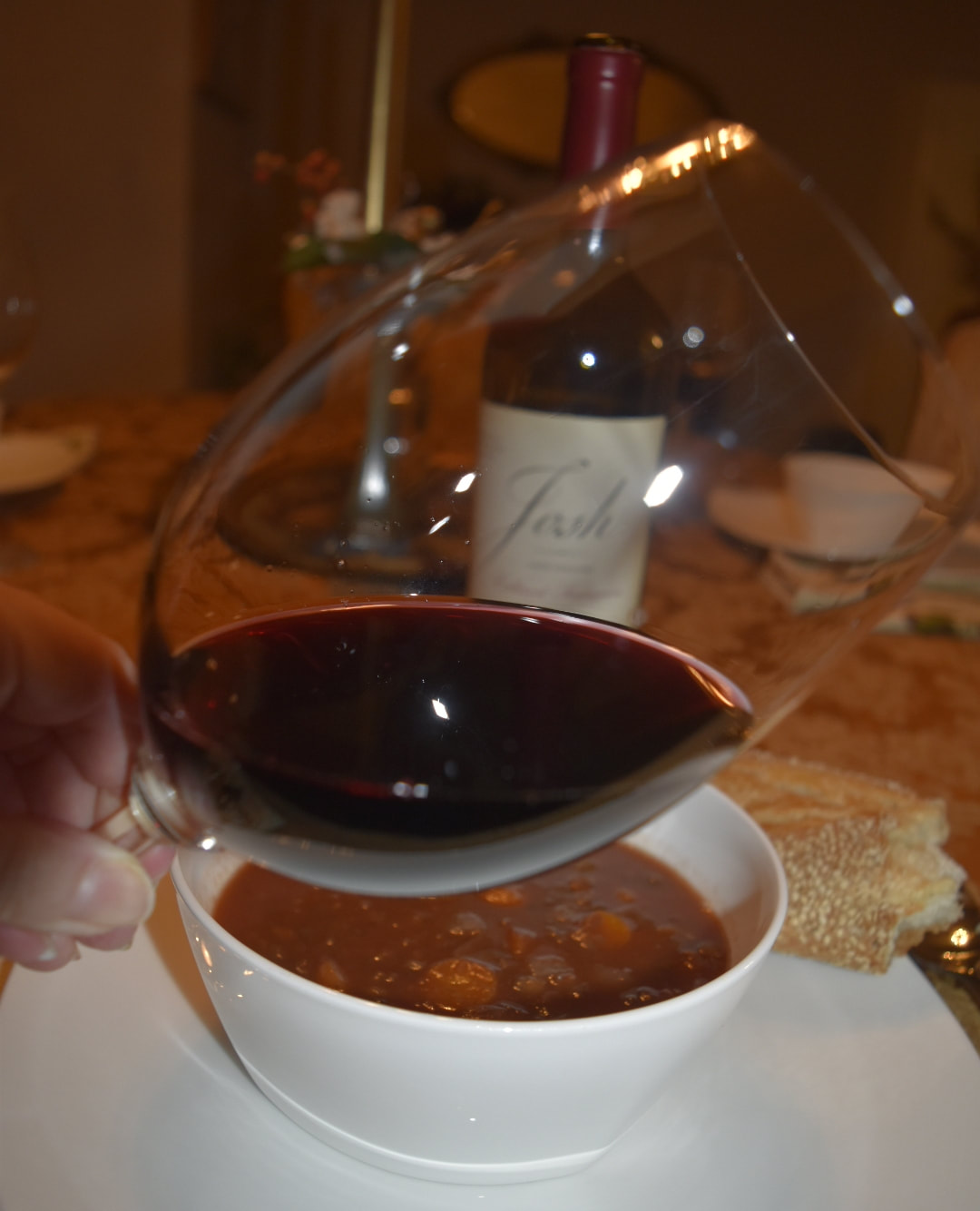
 RSS Feed
RSS Feed